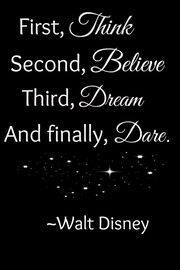|
MORE DIY crafted mouse ears. These are my Space mountain themed ears. Most Disney Park ears are typically priced anywhere between $24.95 - $34.95 and if you buy custom ears from etsy, they can be more.
I always try to bring more than one pair to the park and making my own is not only budget friendly, but it enables me to create the ears that I want. Walt Disney himself originally came up with the idea for Space Mountain. When in 1959 following the monumental success of the first of all Disney mountains, the Matterhorn at Disneyland. Walt was actually adverse to having thrill rides like Space Mountain in his Parks until seeing the huge success of the Matterhorn. He wasn't certain if they would be popular inside of a family-friendly Park. Once he realized that they were however, his imagination took hold on a new premise. Walt envisioned a new Mountain; a Spaceport of some kind but whereas the Matterhorn has two tracks, Walt wanted this Spaceport to have four tracks within a massive impressive building!! Add to that, he wanted it to be a dark ride with lighting effects to simulate an exciting journey through space. This idea over the course of more than a decade continually refined and compromised itself into the Space Mountain we have today at the Magic Kingdom and of course at Disneyland, made two years after. There are versions at the Parks in Paris, Tokyo and Hong Kong. 1964, some five years after the Matterhorn success, Walt selected John Hench to pen the early concept designs of what was under the working name 'Spaceport' and began preparations at once. John Hench was an animator on Fantasia and Dumbo as well as an art supervisor on Alice in Wonderland, Cinderella and Peter Pan. He was a great artist and animator and turned imagineer in 1954. WED Enterprises began work only two years before he joined. John Hench led the design of Disneyland's Tomorrowland and Adventureland before moving over to the Magic Kingdom to design Cinderella's castle to name only a few highlights in his awesome career! Walt figured John Hench was the guy for the Spaceport job. Hench was astounding at theming a look and feel if you will, but he wasn't so great at contriving the intricacies of a ride or attraction. Walt wanted to create the first fully enclosed coaster to create a new experience. Arrow development was brought in to take a look at engineering the coaster for the space attraction. Arrow development had re-engineered both Disneyland and the Magic Kingdom's carousels and engineered the Mad Tea Party, The Haunted Mansion, Dumbo and several of Disney rides. After taking a look into configuring the four-track space attraction, Arrow development said it couldn't be done. Not in the way that Walt wanted. They went on to explain that a computer capable of operating such a coaster was close at hand, but just not quite there yet. Ideas of the project for the 'Spaceport' were shelved. It's unclear if it was with Walt's approval before he passed away in 1966, but an area in the Magic Kingdom's Tomorrowland was set aside for a future Spaceport project. I think it can be assumed that Walt knew about this though there's no exact proof or anyone ever speaking on it. It quickly became apparent that the park was in desperate need of a thrill ride, but the sheer number of teens and young adults left wanting created an urgency to get it done sooner than anticipated. The story you'll often hear is that as the Magic Kingdom took shape in the 70s, Disney decided they needed a thrill ride and considered building another Matterhorn like the one in Disneyland. But this isn't at all true. Walt knew the park would need a thrill ride years before while designing the Florida project. Bill Watkins up to this point had developed the People Mover in Disneyland after Space Mountain he went on to engineer the People Mover at the Magic Kingdom as well as the Big Thunder Mountain in Disneyland. Bill Watkins had the chance to look the Matterhorn over in Disneyland and is quoted as saying that he was not very impressed. And there were definite improvements for Space Mountain such as the use of small pipe tracks as opposed to the Matterhorn's large pipe. Also using a dual car system and with the advances in technology he was able to use a computer to lay out the design of the track. Space Mountain's design became a dome by artist Clem Hall, an imagineer who did incredible design work. Some sources claimed that this dome concept was a consideration for the Space Mountain at the Magic Kingdom, but the date said it was from 1974. The Space Mountain at the Magic Kingdom's exterior was pretty far along by March of 1974 and looks a lot like the Space Mountain we have today. It's possible that Klim Hall designs were for Disneyland's Space Mountain that would be completed in 1977. The pointy spires serve as lightning rods, the tallest Spire was actually designed for radio transmissions very much like a car. Bob Gurr gave the rocket vehicle it's body design. The original rocket cars each held four people for a total possibility of eight. Space Mountain's computer system monitors the car speeds, as well as where they are on the track. The track is separated into what are pragmatically called block zones and the computer system ensures that only one car is allowed within a segmented block zone. There's something like 15 block zones along the track. The absolute max number of cars used while in operation is 13. In the 70s 80s 90s and early 2000s, if a car got too close to another the brake system engaged to halt all cars along the track, so cars didn't crash into each other. An upgrade in 2009 adjusted this Fail-Safe system so if there's a failure depending on which block the failure occurs, you may find yourself stopped somewhere on the ride. When you think about it, this was cutting edge technology back in 1975. The darkness of Space Mountain makes it feel like you're going so much faster. The unexpected G-Force you experience from not knowing that a turn or dipping the track is coming makes it feel all the stronger; the whirling stars and asteroids add to this. Space Mountain's first sponsor was RCA. Disney convinced RCA to contribute $10 million to Space Mountain's creation, which was a little more than half of its overall cost. The RCA logo was heavily featured outside on the signage and in the initial portion of the queue. RCA also installed the original computer infrastructure for Space Mountain. Space Mountain's exit deposits you into Tomorrowland's gift shops but is a pale comparison to the original arcade that used to be there in the 70s. Walt's vision for Space Mountain was so much greater and we all know that if he were alive to see it completed, it would have been even more extraordinary to behold than it already is. It was the first attraction to suffer for his passing, one compromise after another and yet it's a wondrous attraction that still captivates the imagination! And that's because Walt ignited the idea; the core concept remained true and that's why it endures. There have been plenty of great rides since, but this was the last one to push all of the limits of the day just like all of the projects Walt oversaw when he was alive. That was his magic and that's what makes Space Mountain so special. It was the last attraction with his personal touch, his last gift to the guests of his parks. Thank you uncle Walt!!
Introduced in 2022, the shopDisney limited release “Mickey Mouse: The Main Attraction” monthly collection is a continuity series with the same themes as the Minnie Mouse: the Main Attraction series from 2020. Each monthly release draws inspiration from a beloved Walt Disney World attraction and is part of the Walt Disney World 50th Anniversary celebration. I was FINALLY able to grab my own Mickey version. $34.99
Because I just can't get enough of Space Mountain. All Systems are GO! Don't forget to check your photo!! FRONT ROW.....ALWAYS!!
|
Categories
All
Archives
July 2024
|
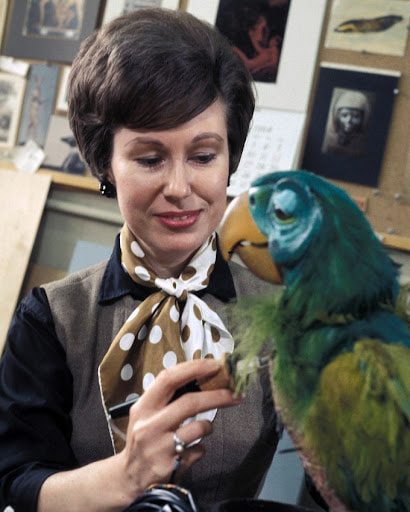
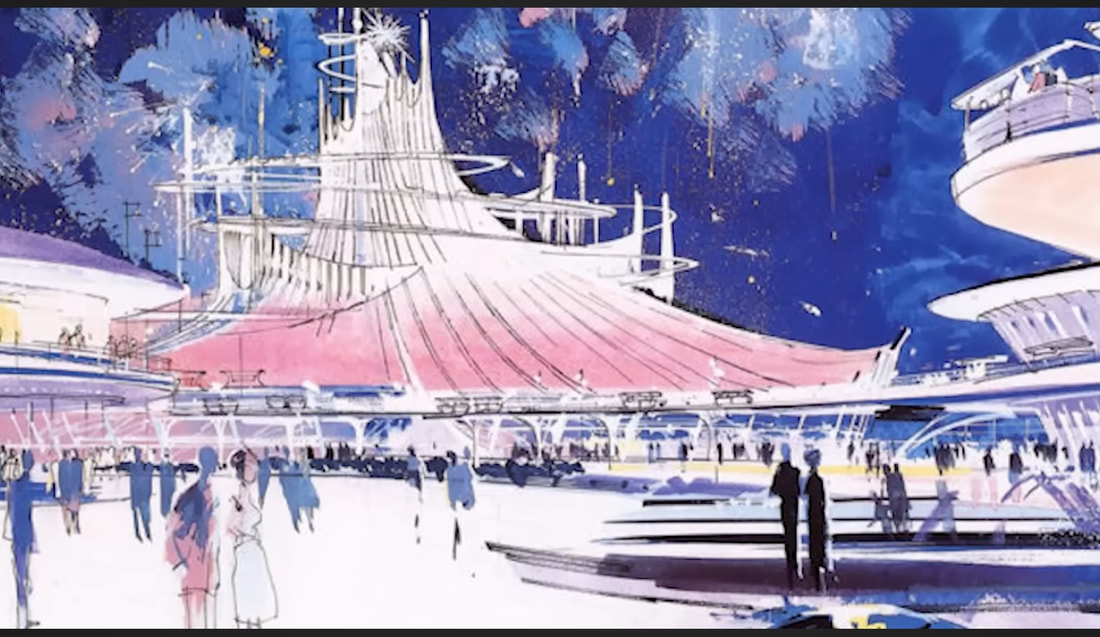
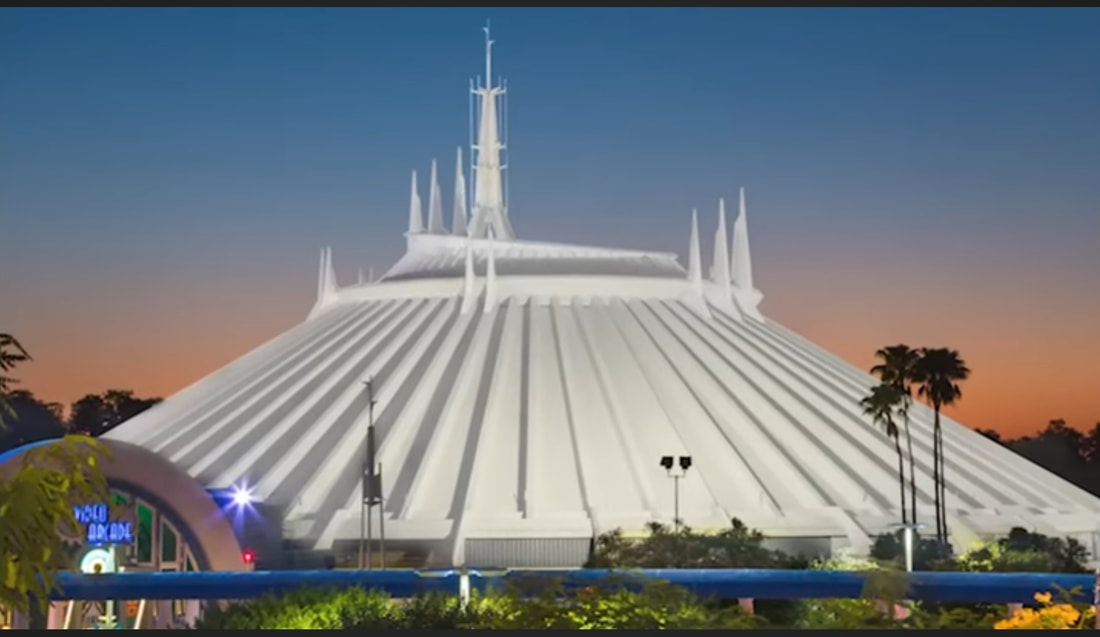
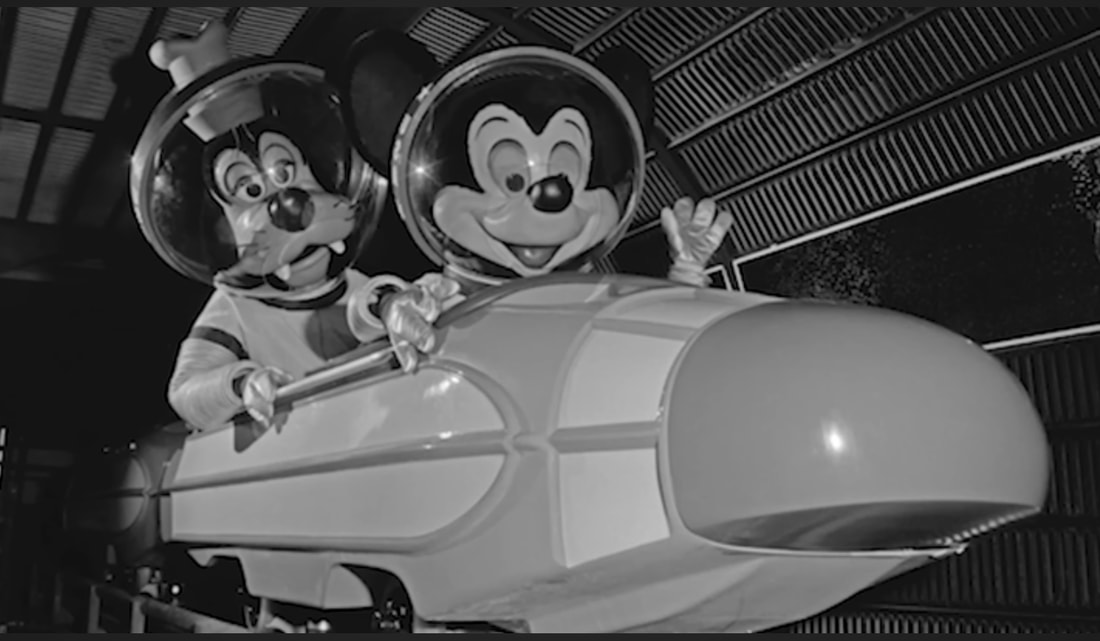
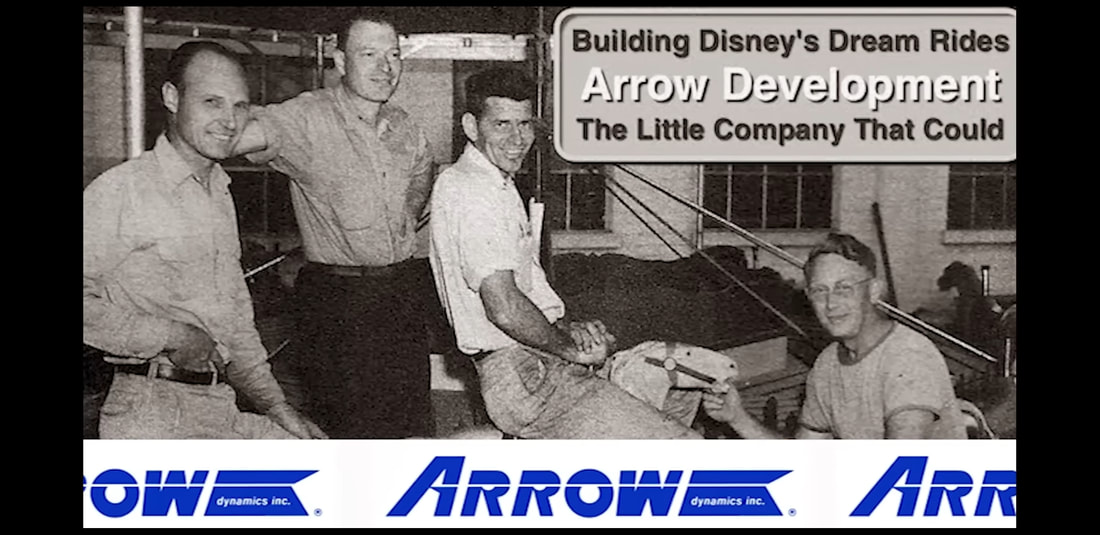
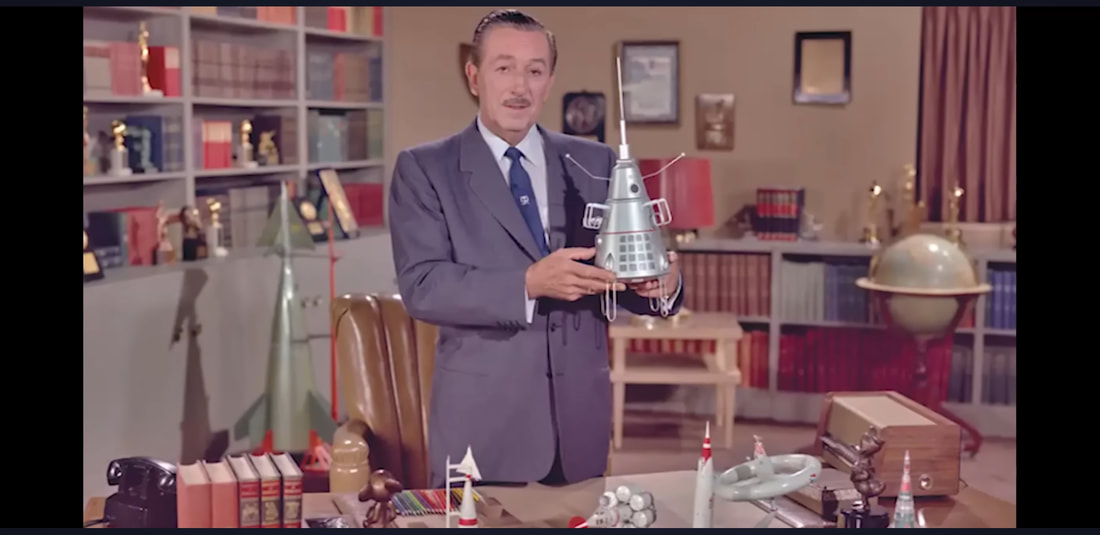
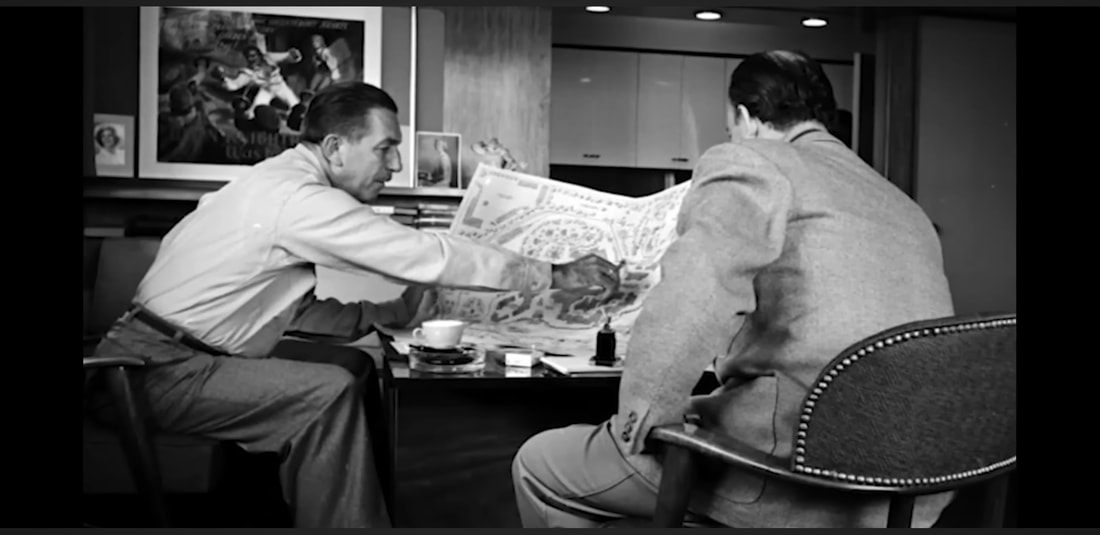
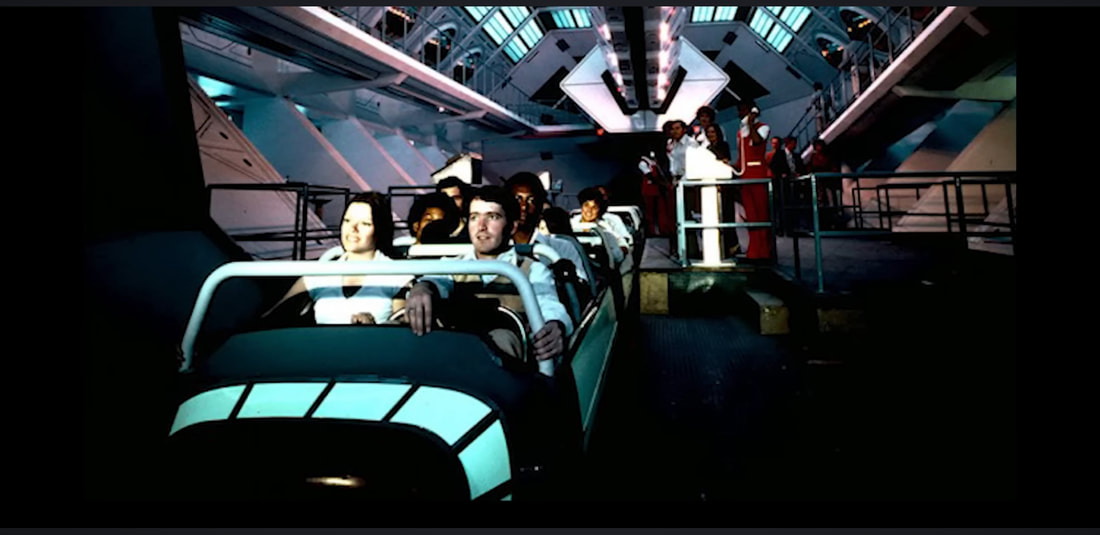
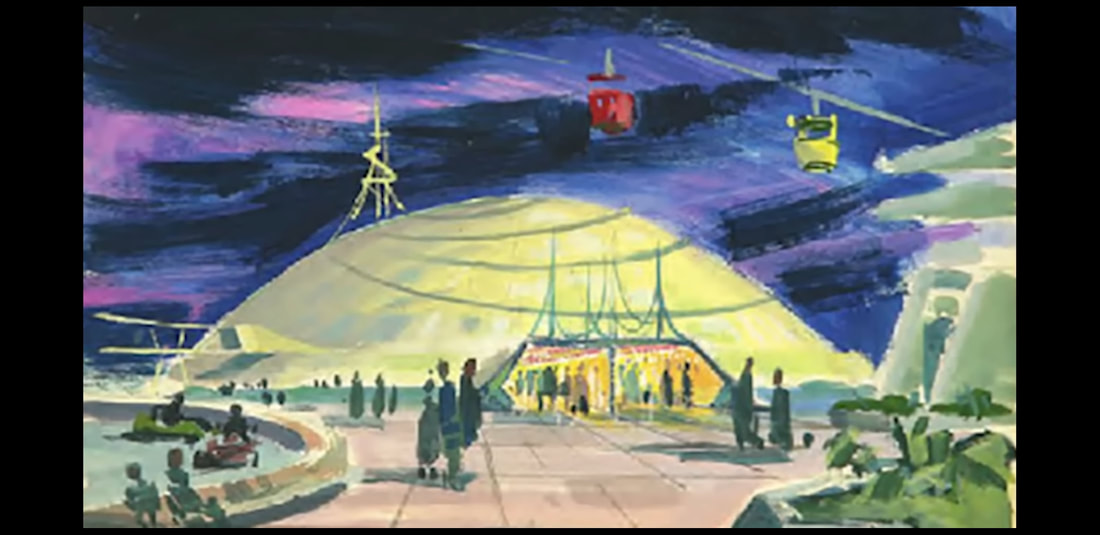
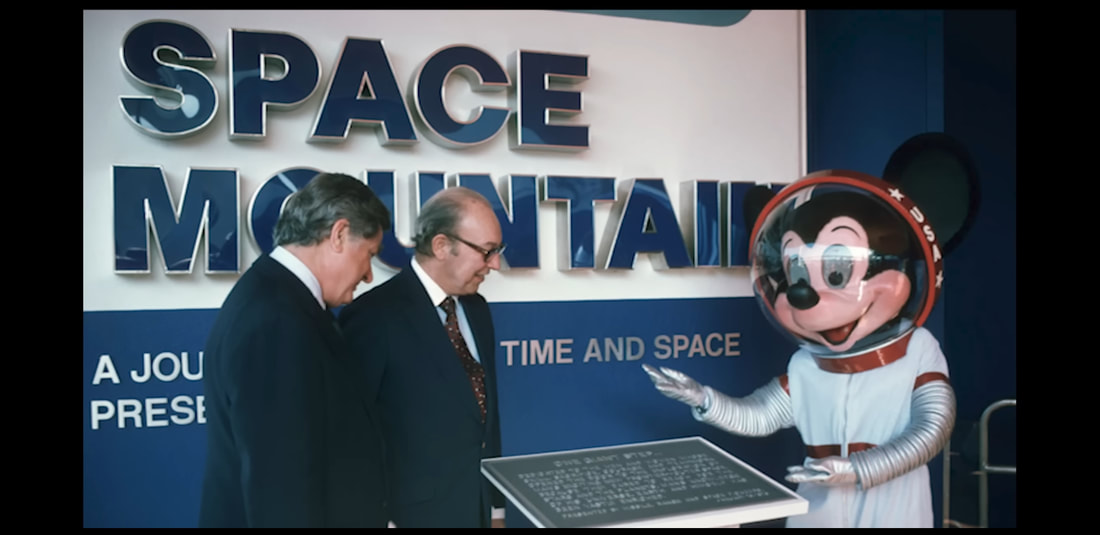
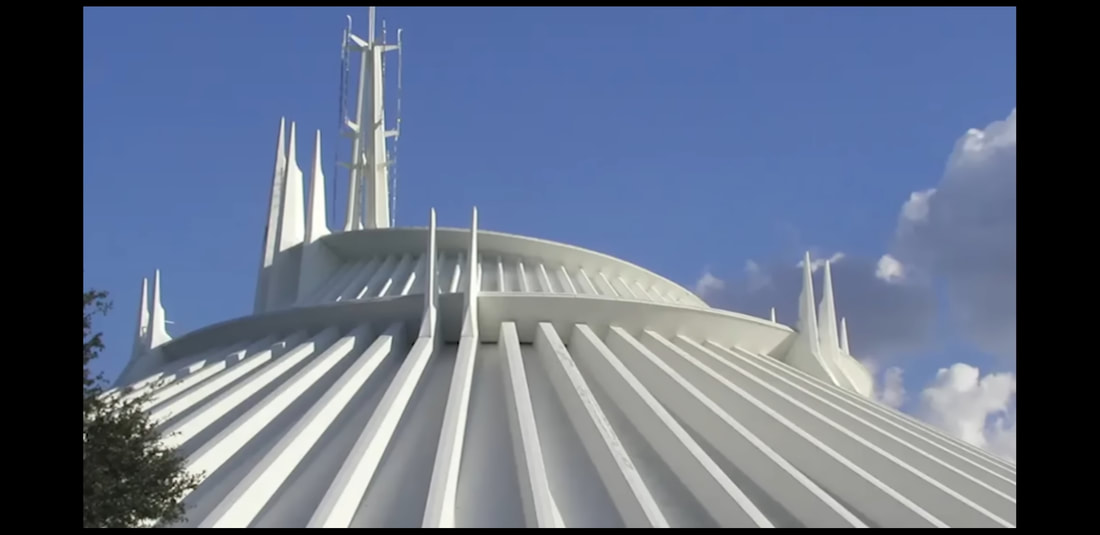
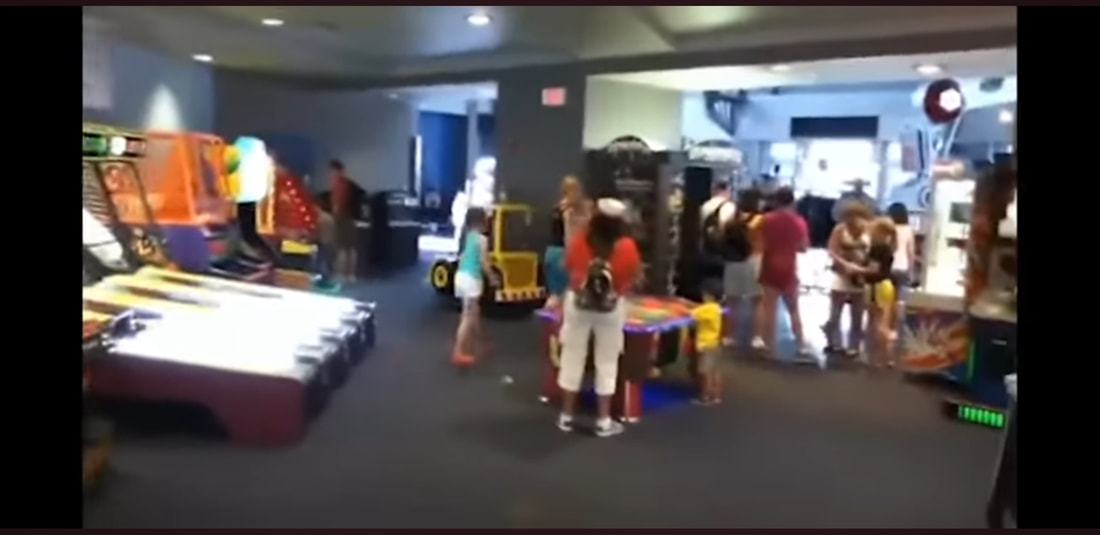
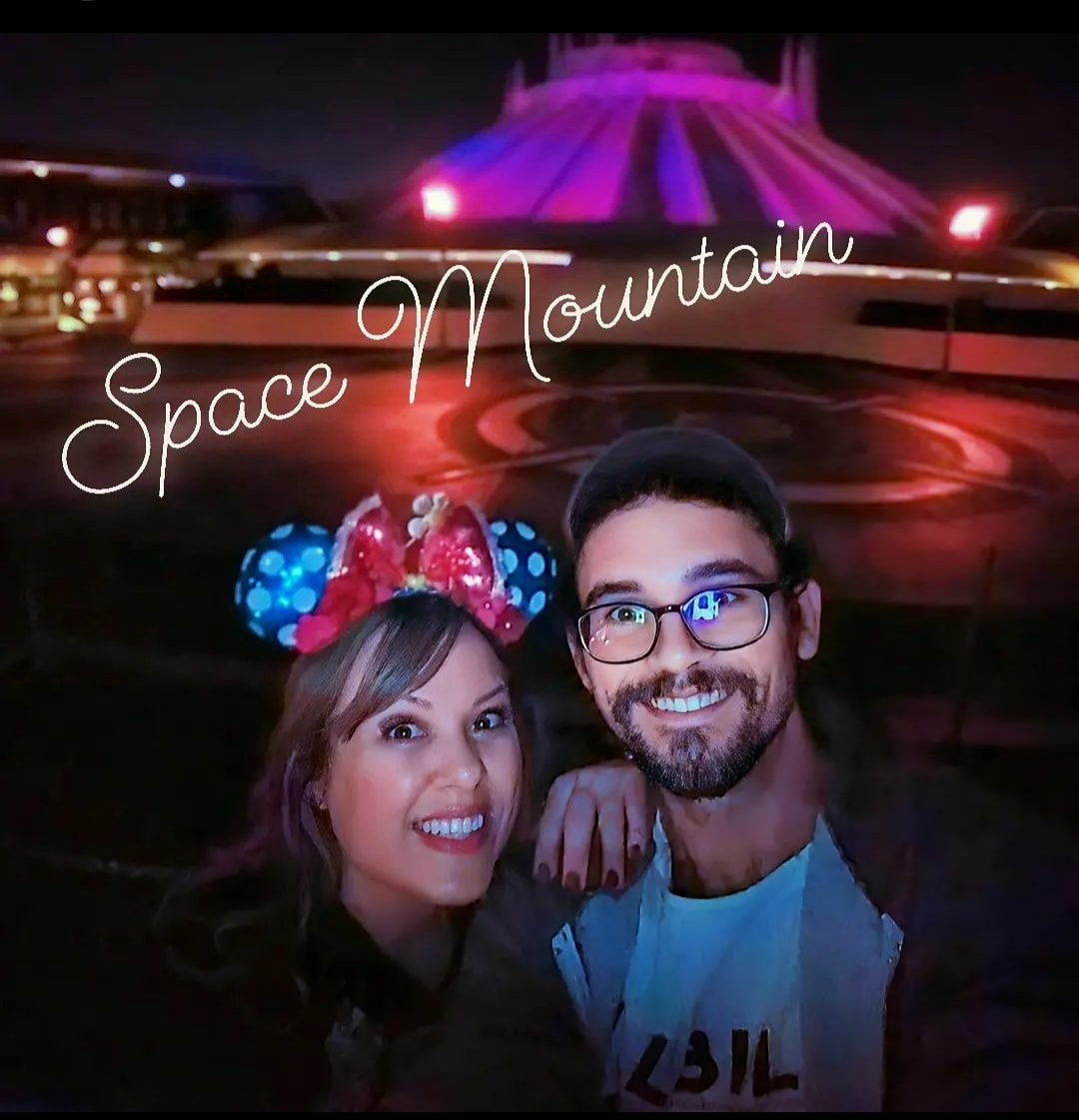
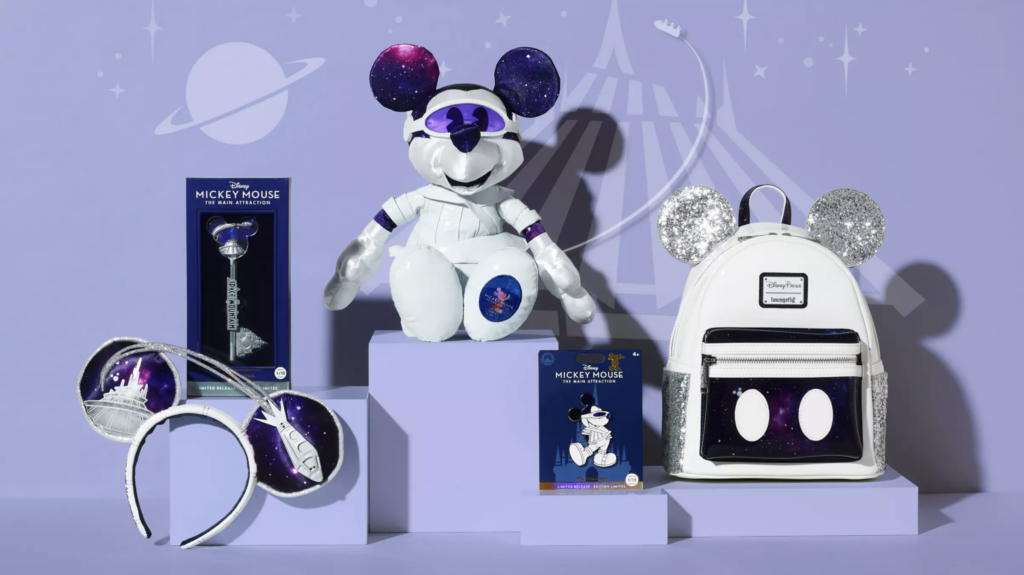
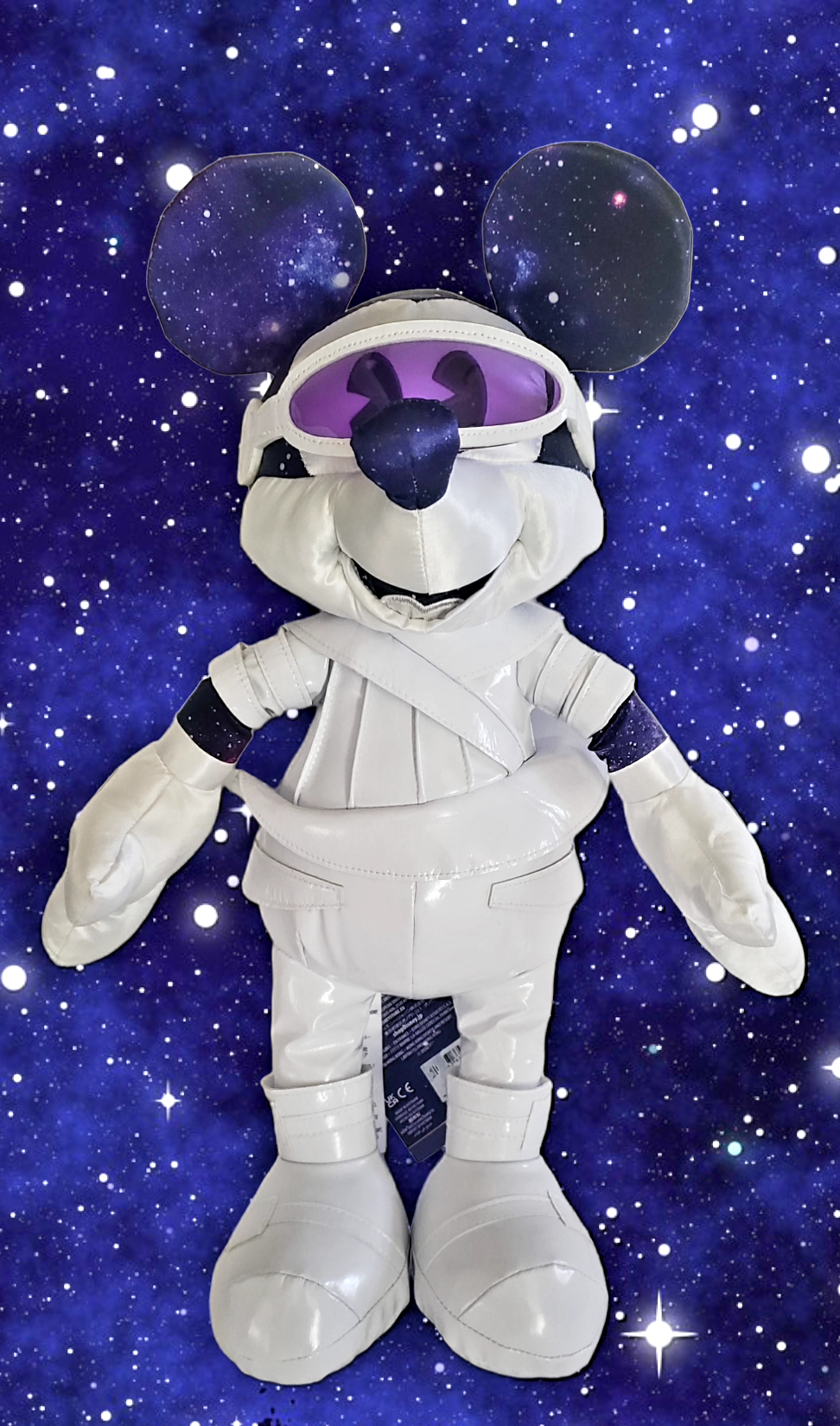
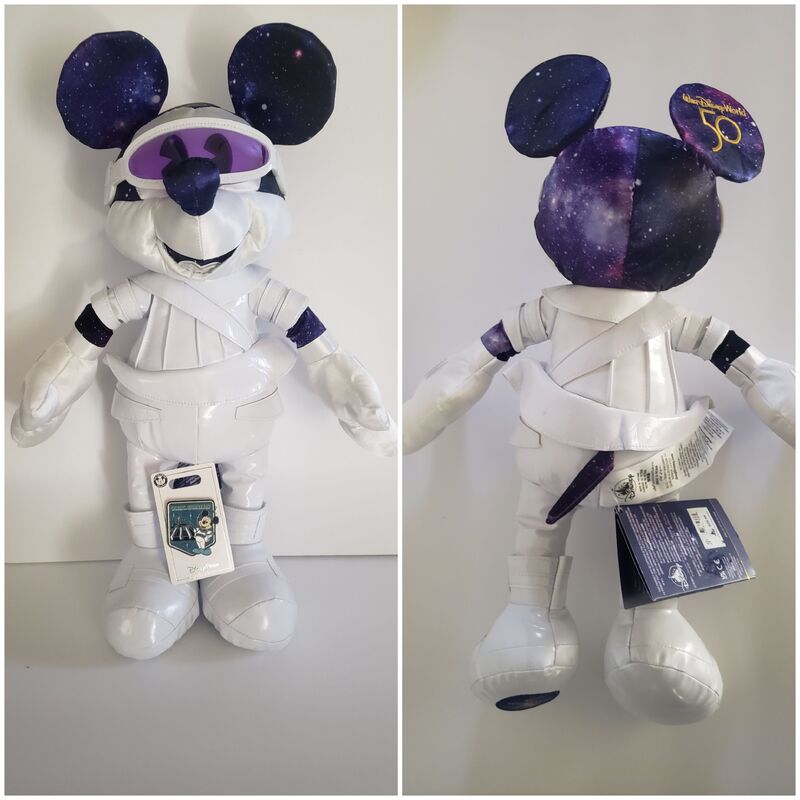
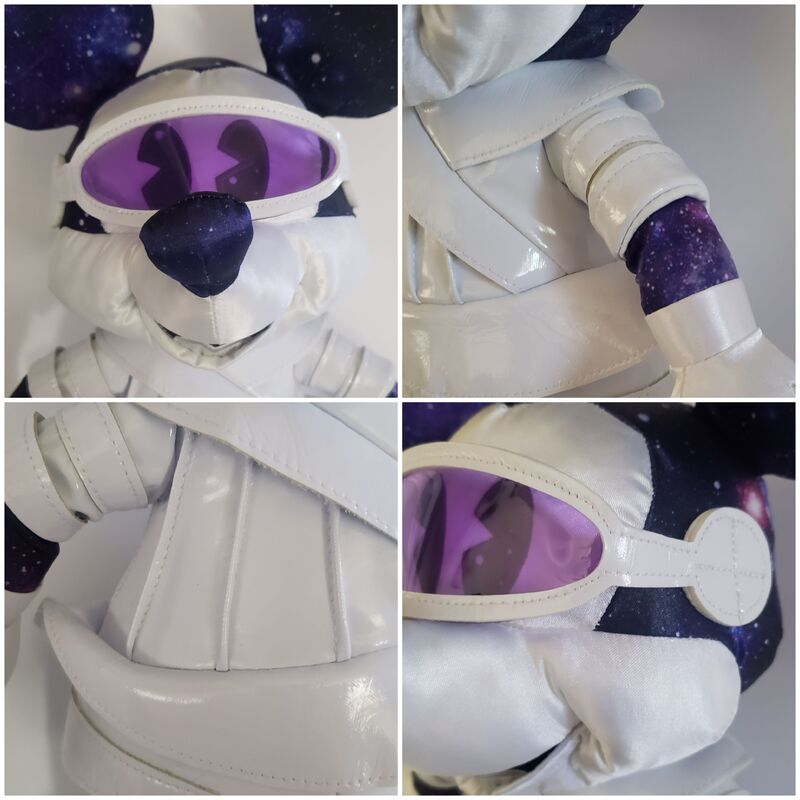
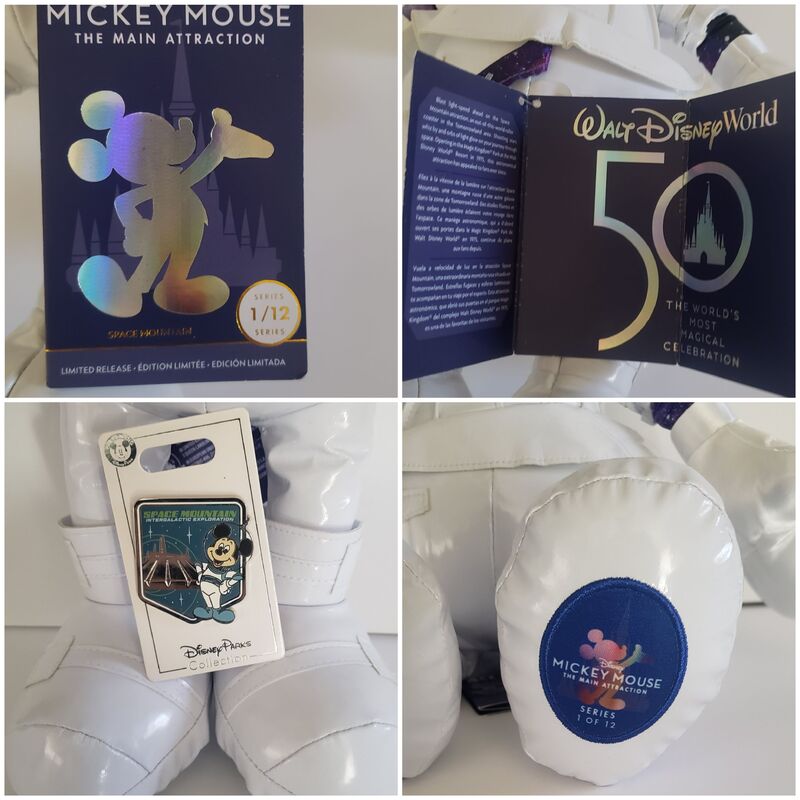
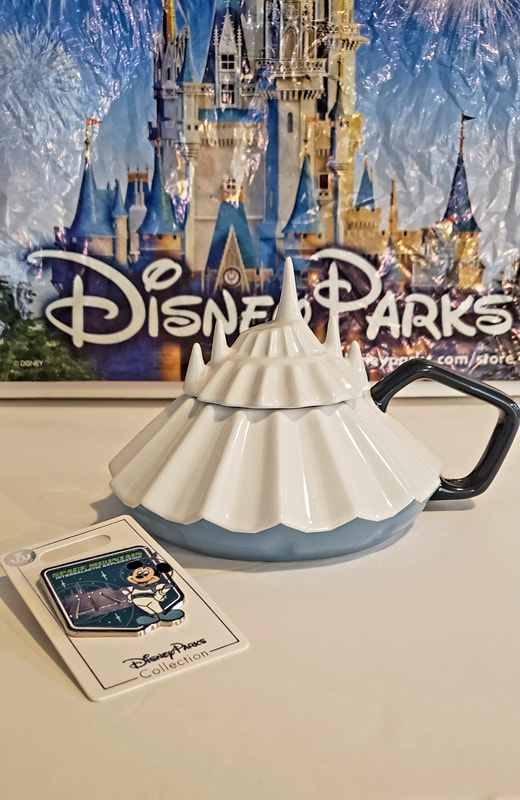
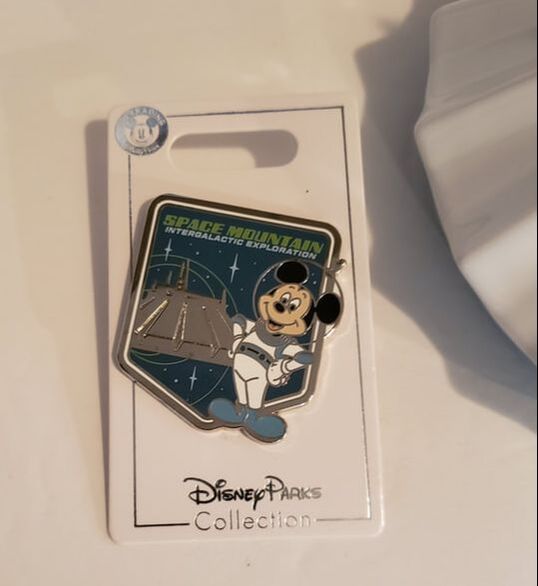
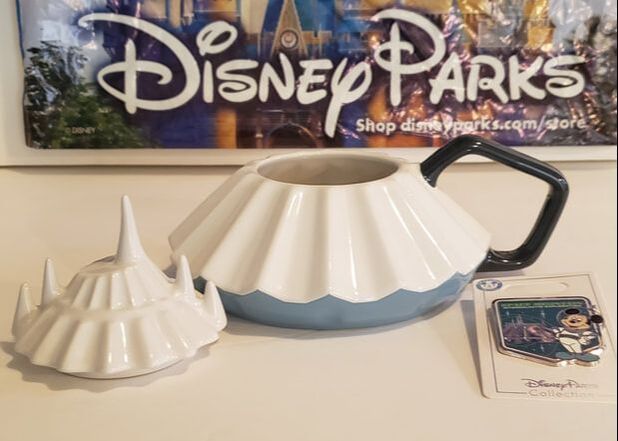
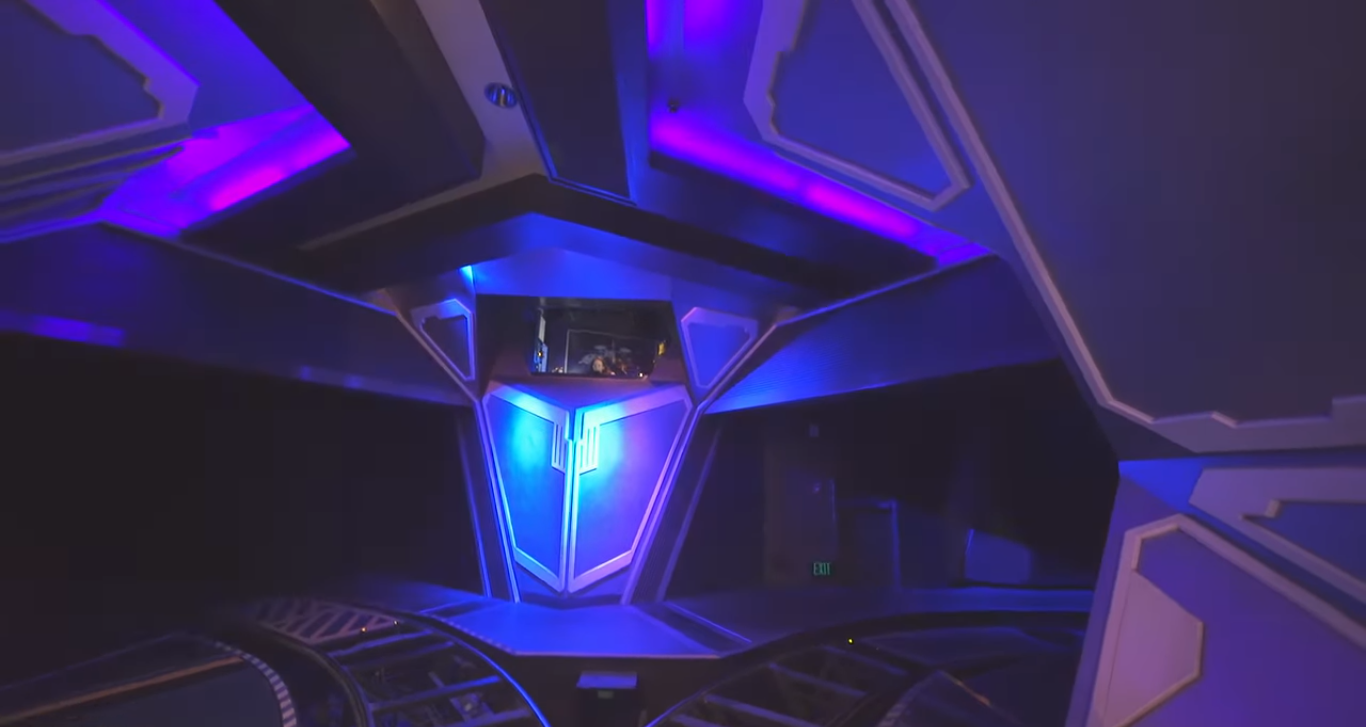
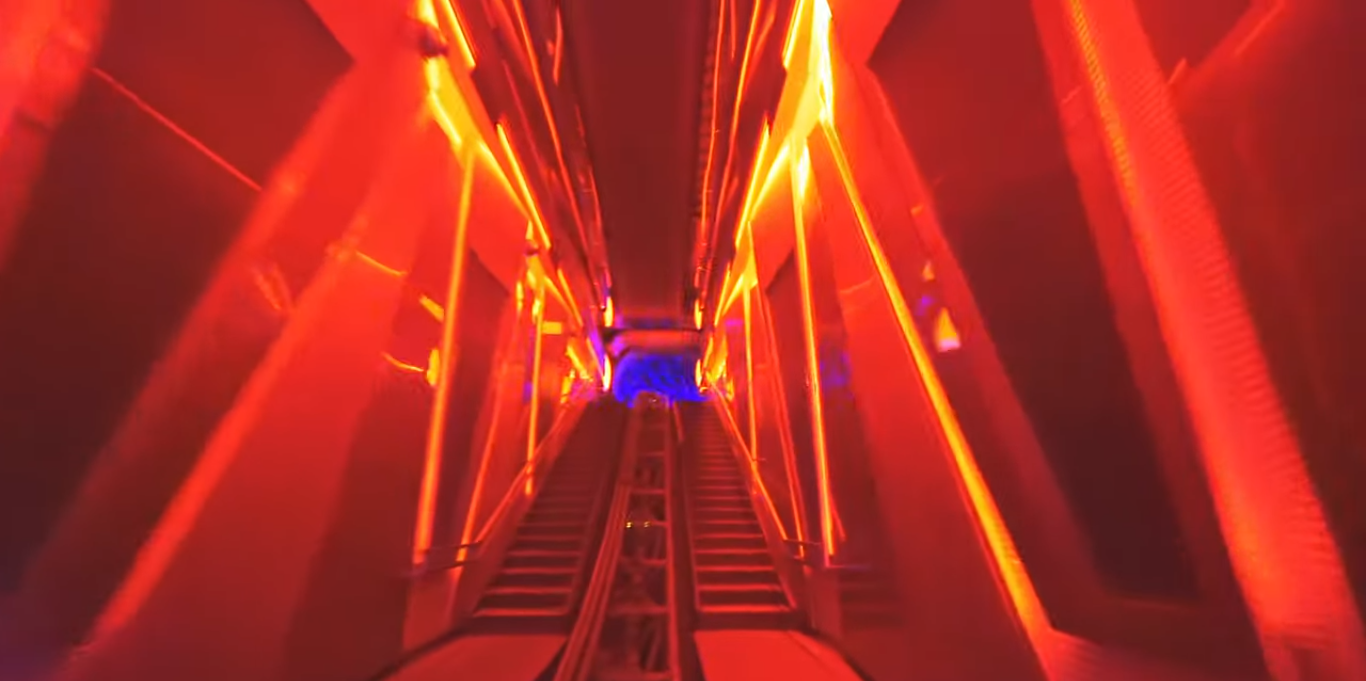
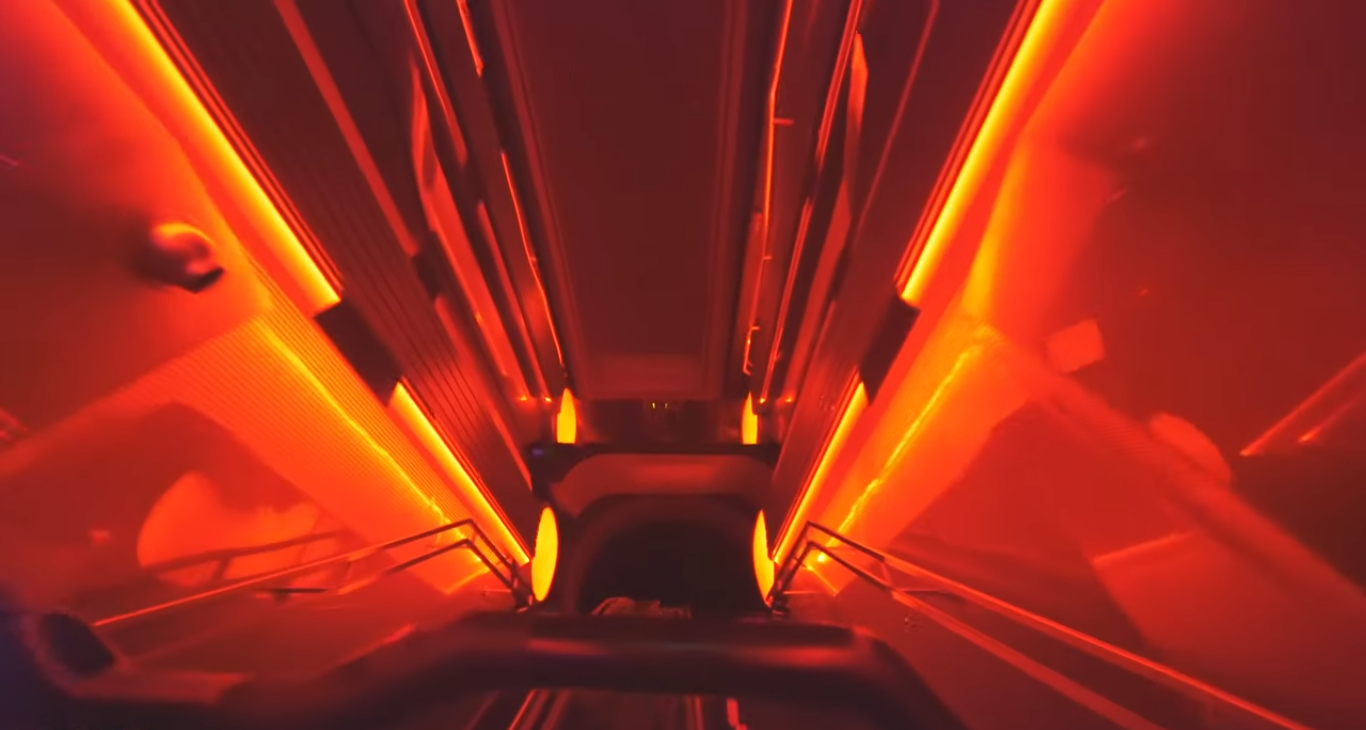
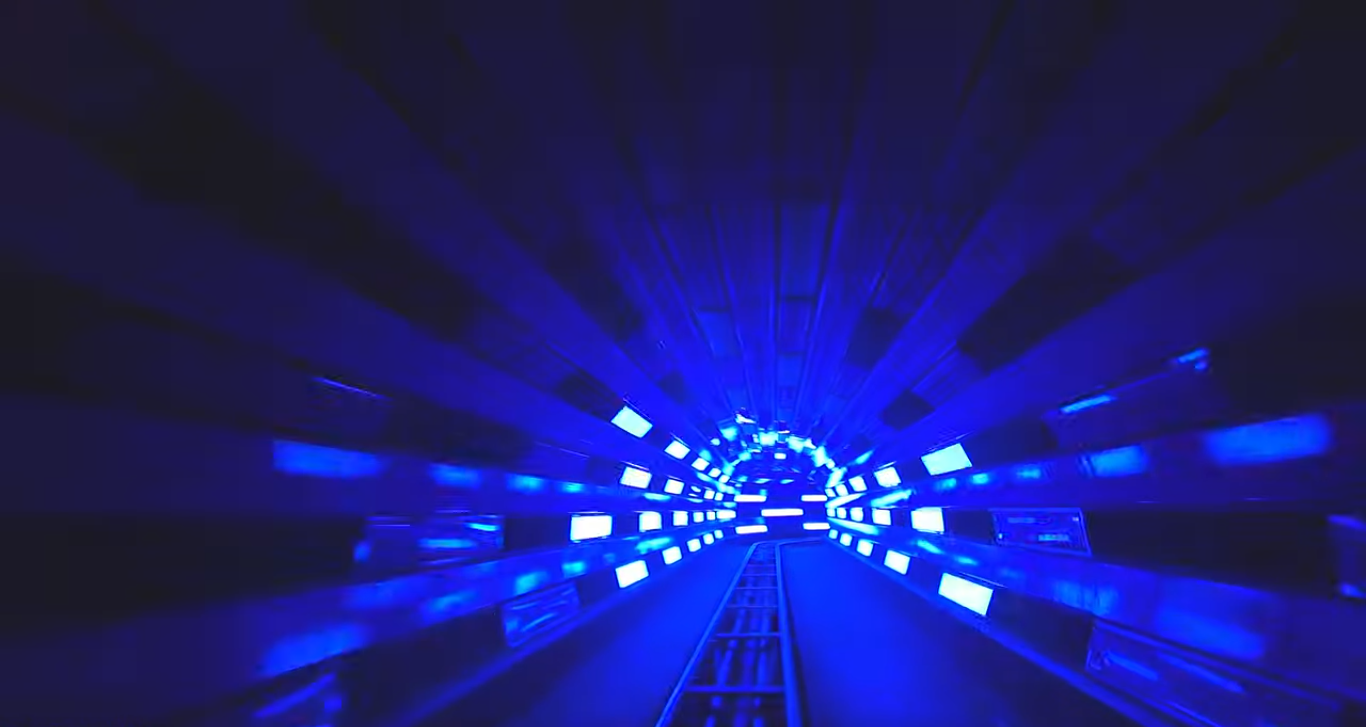
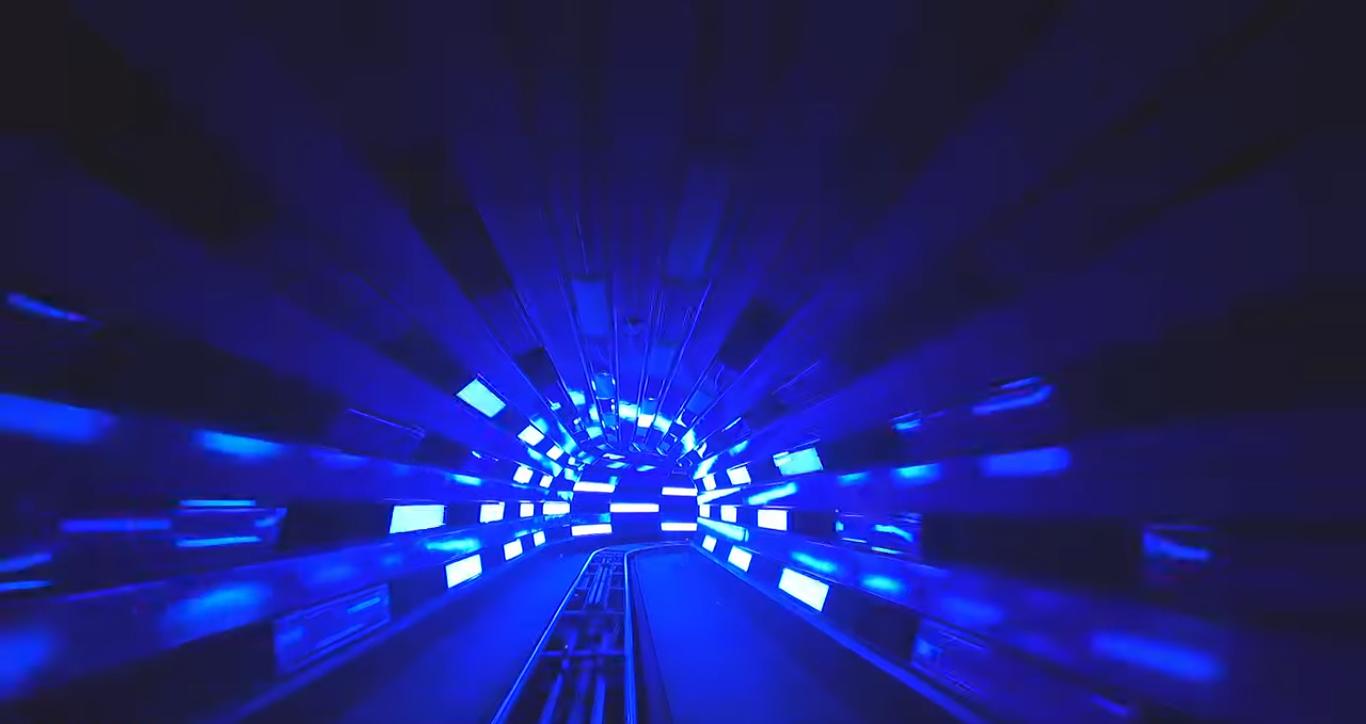
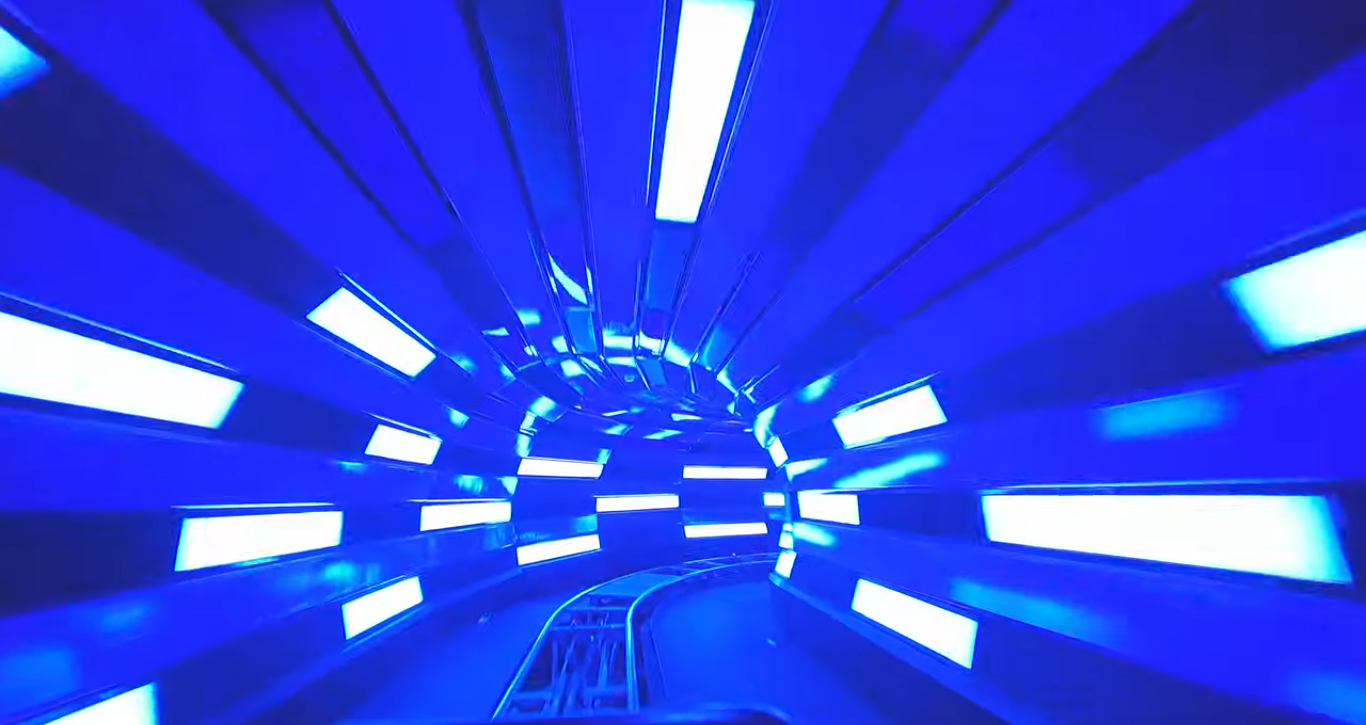
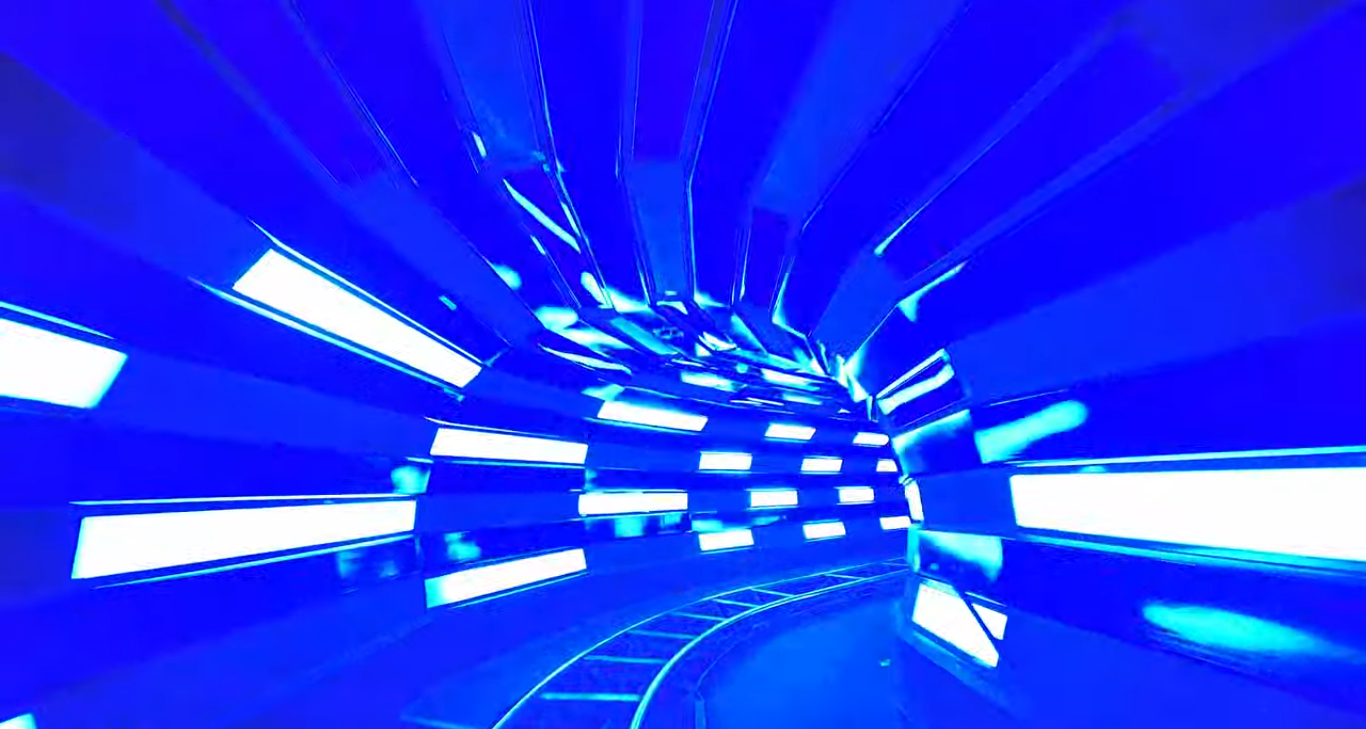
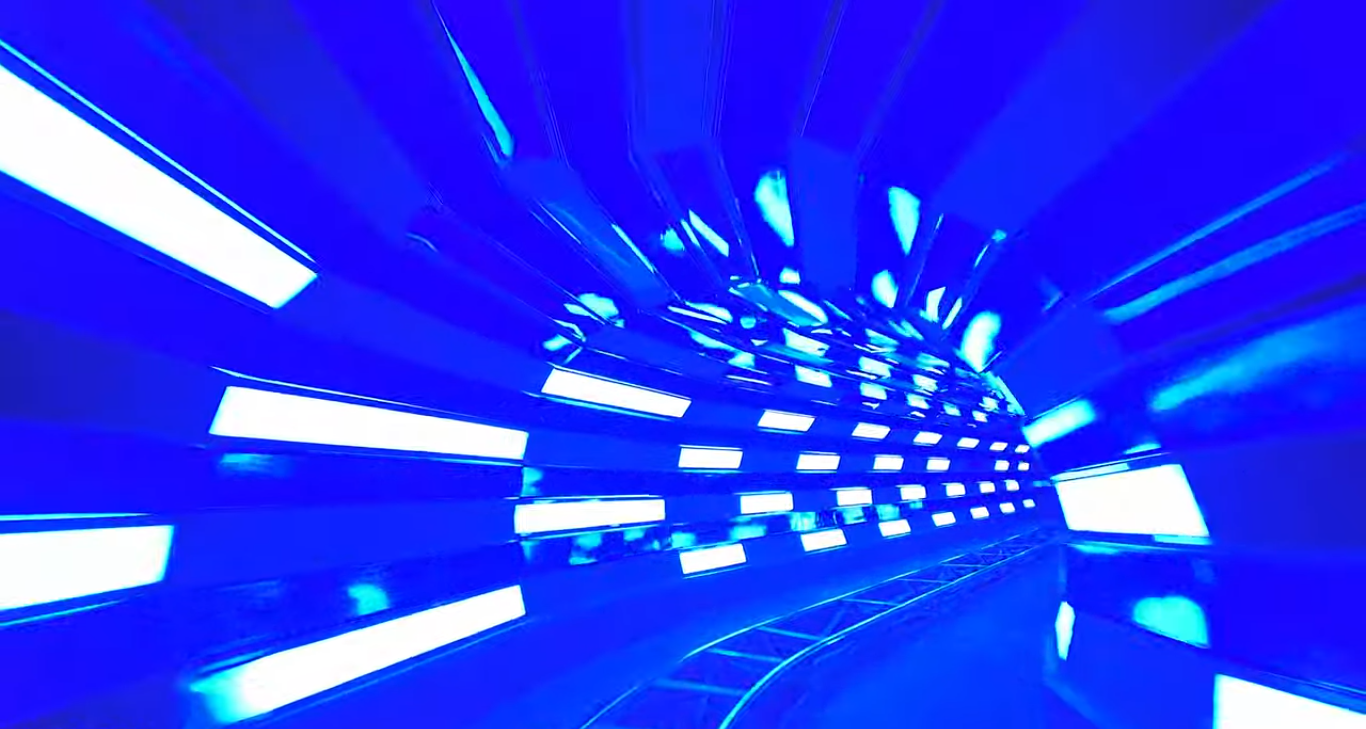
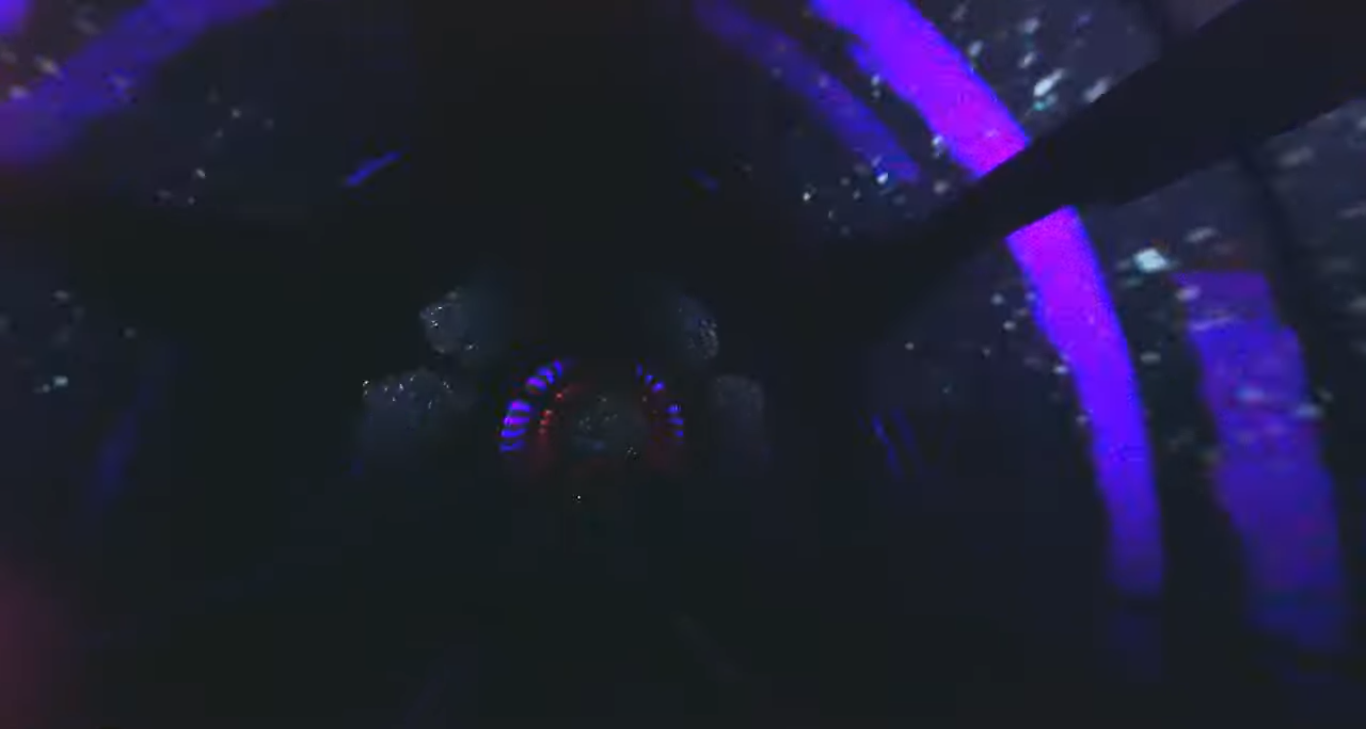
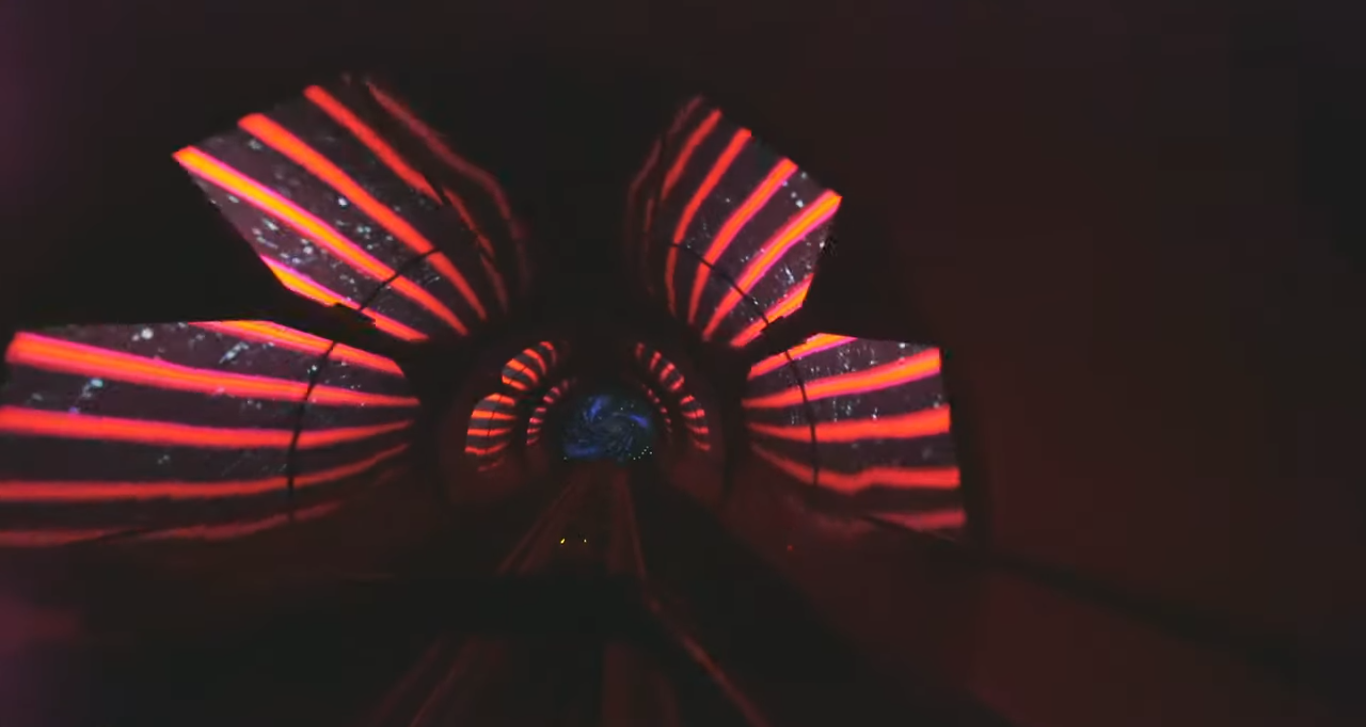
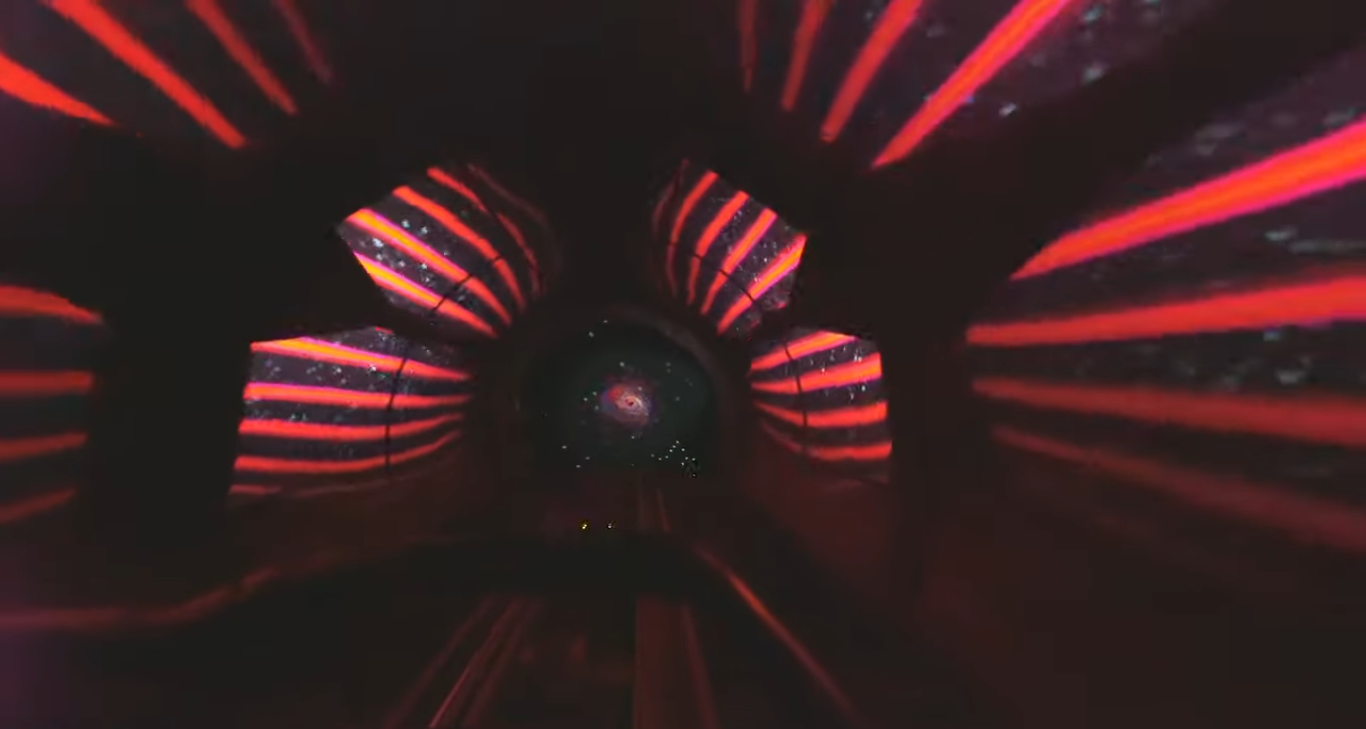
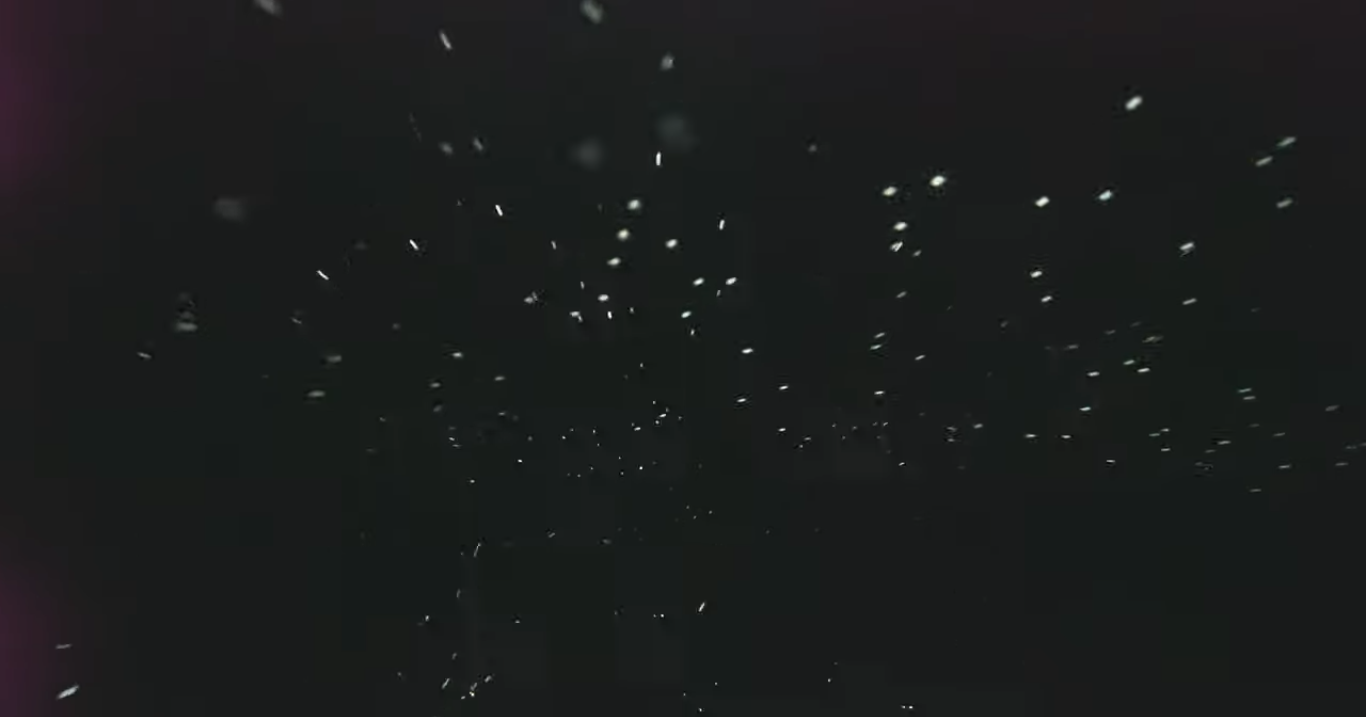
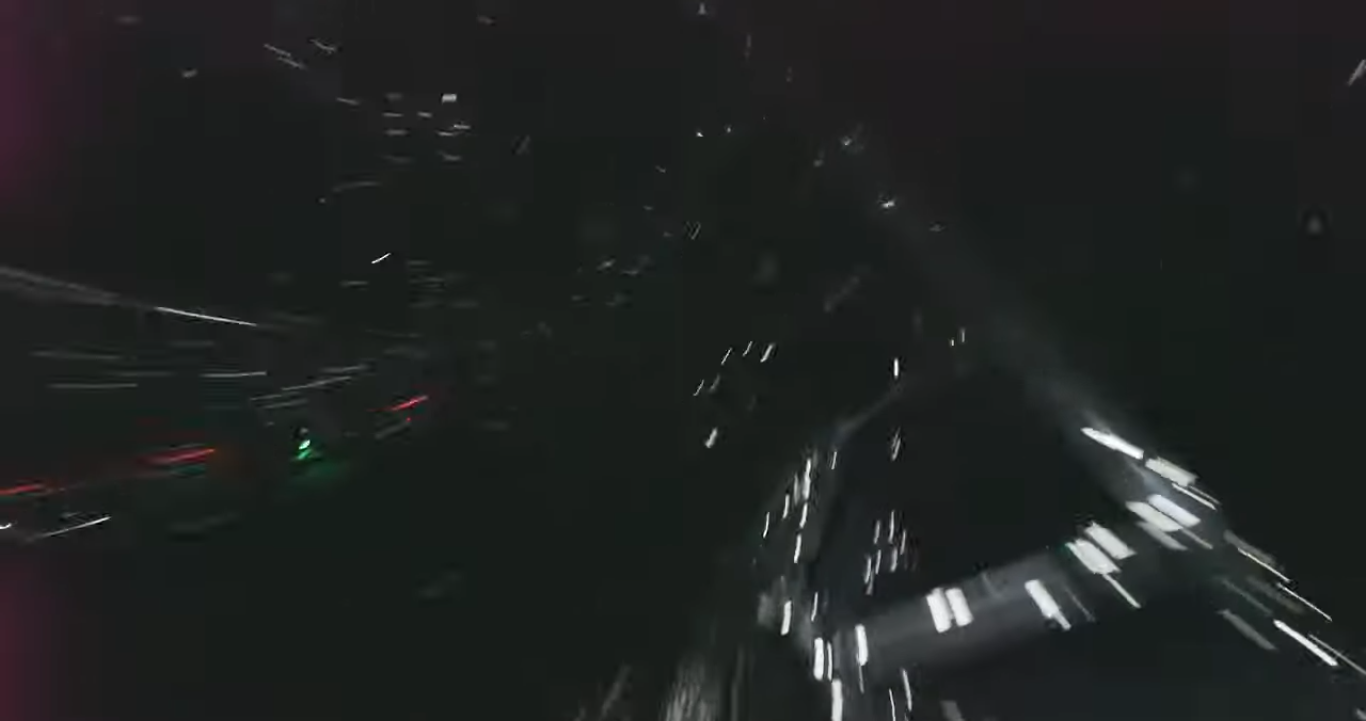
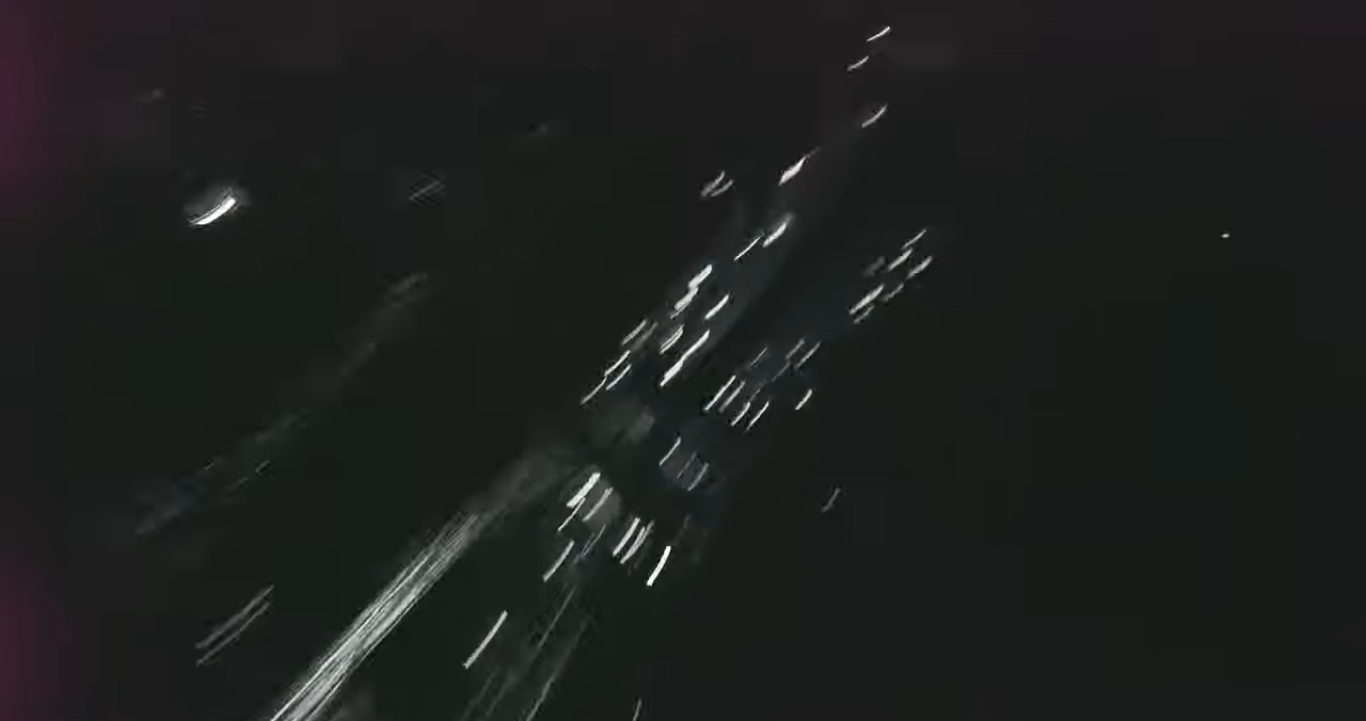
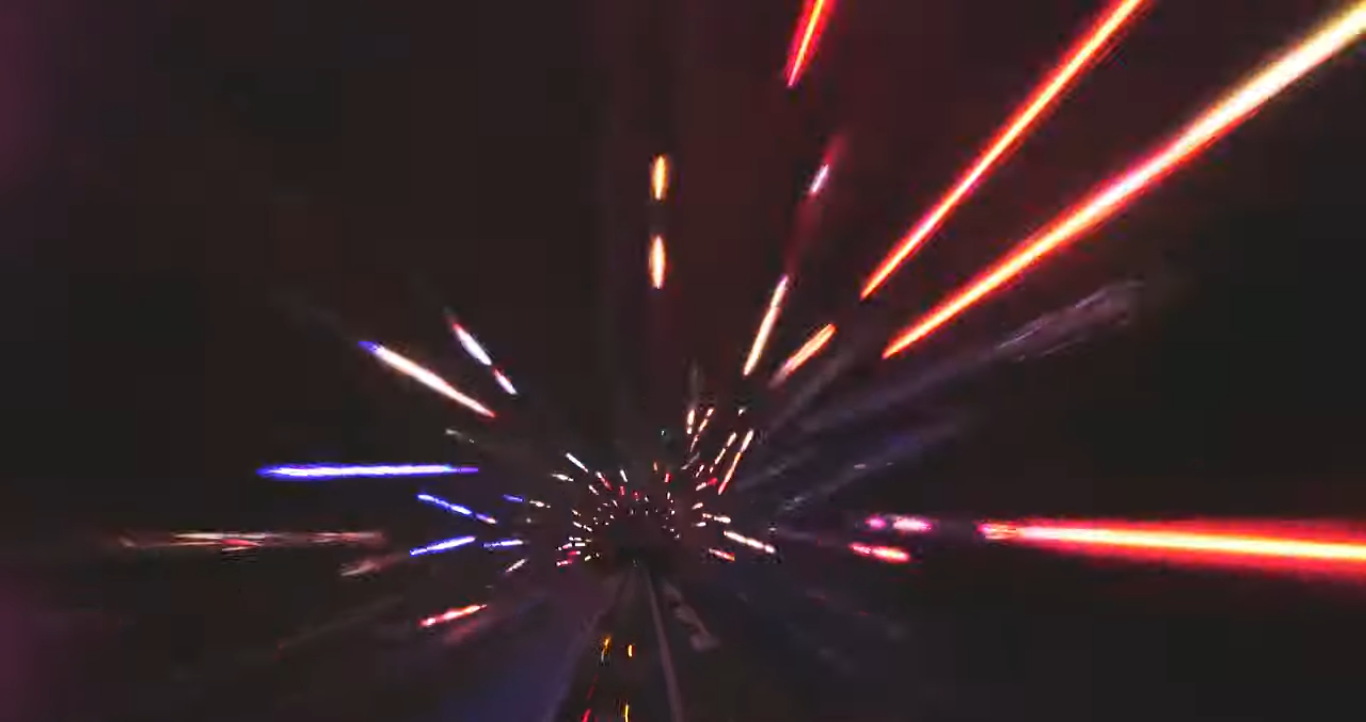
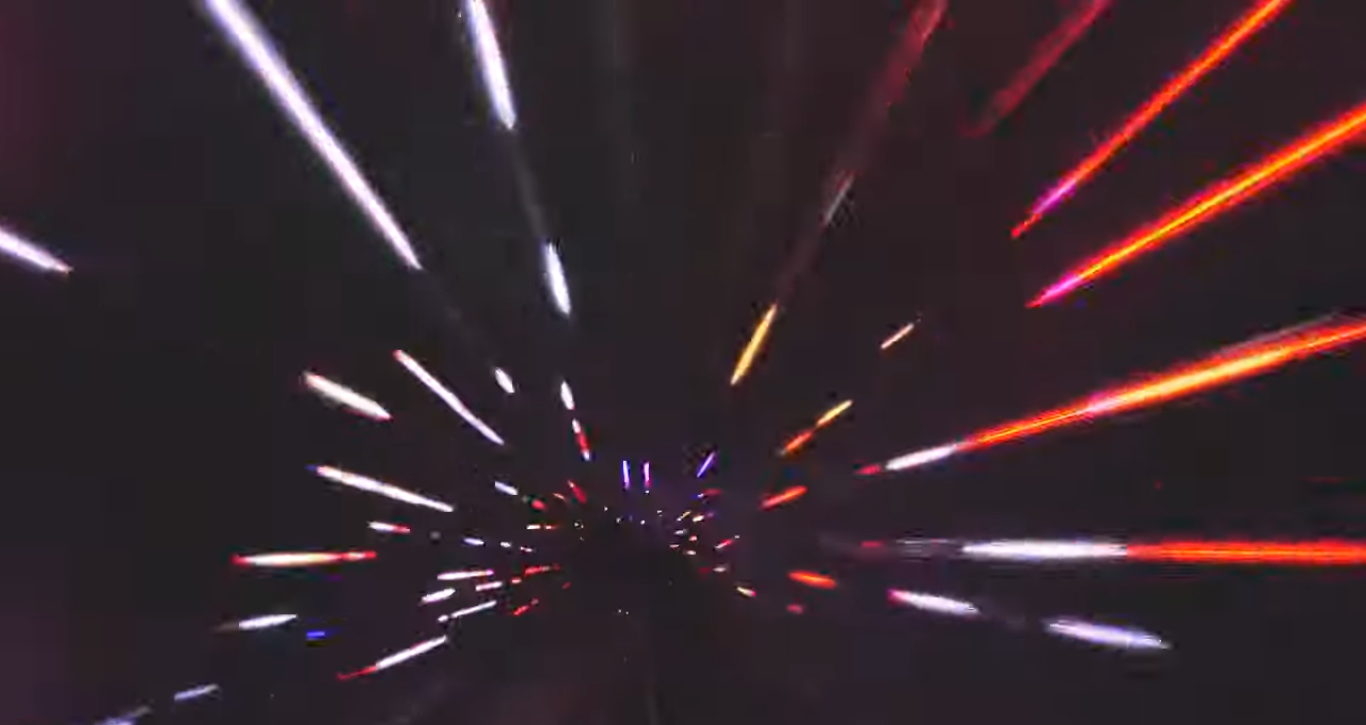
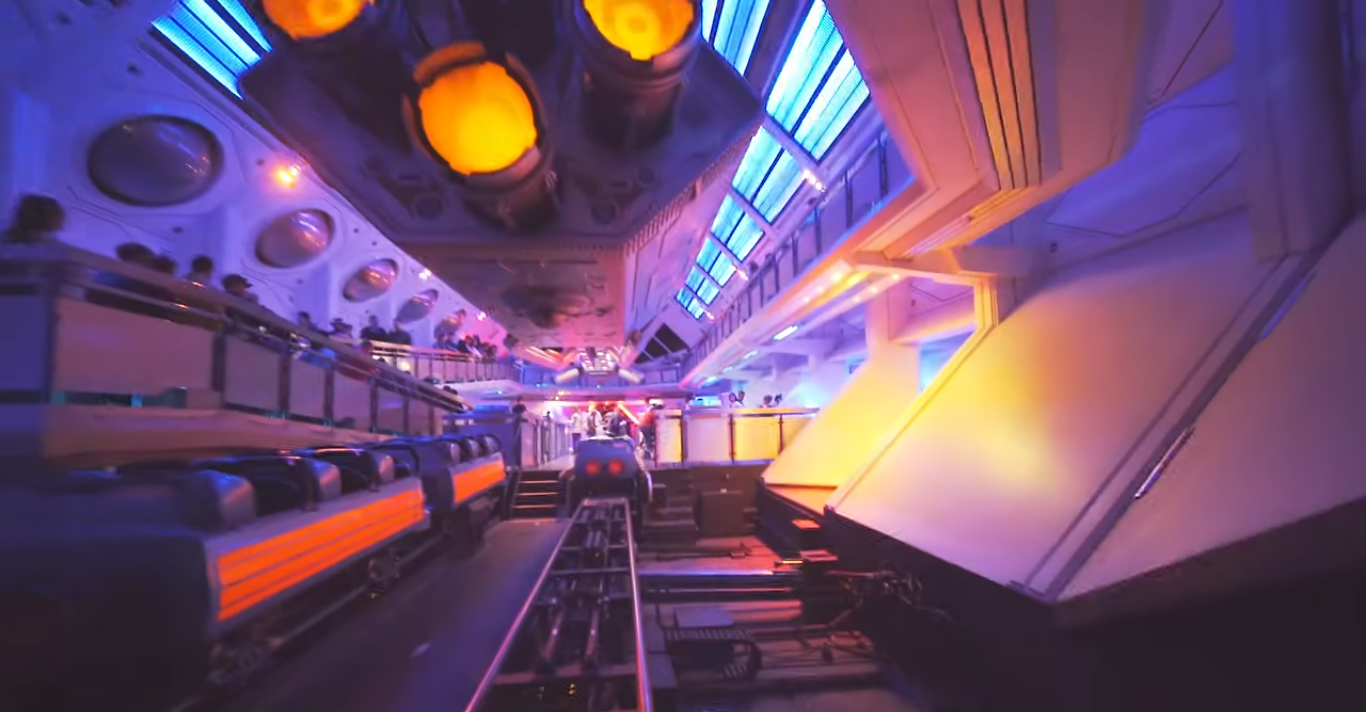
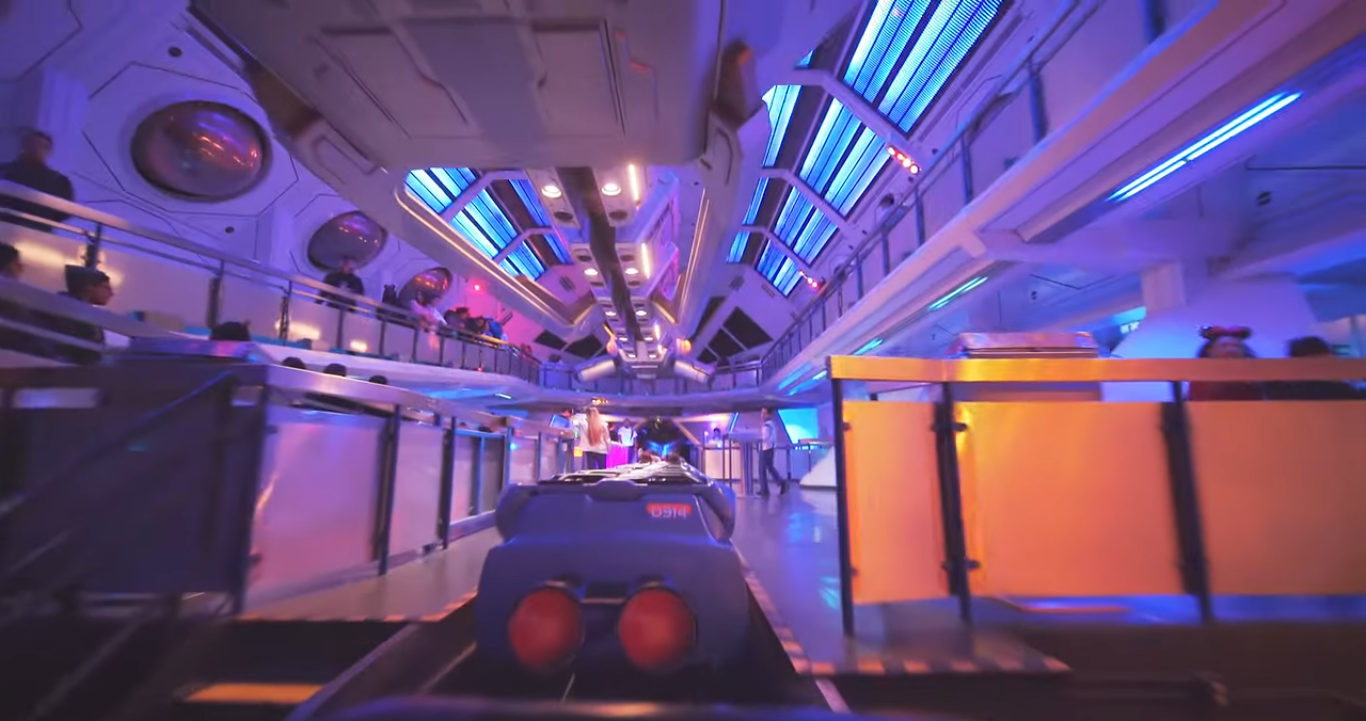
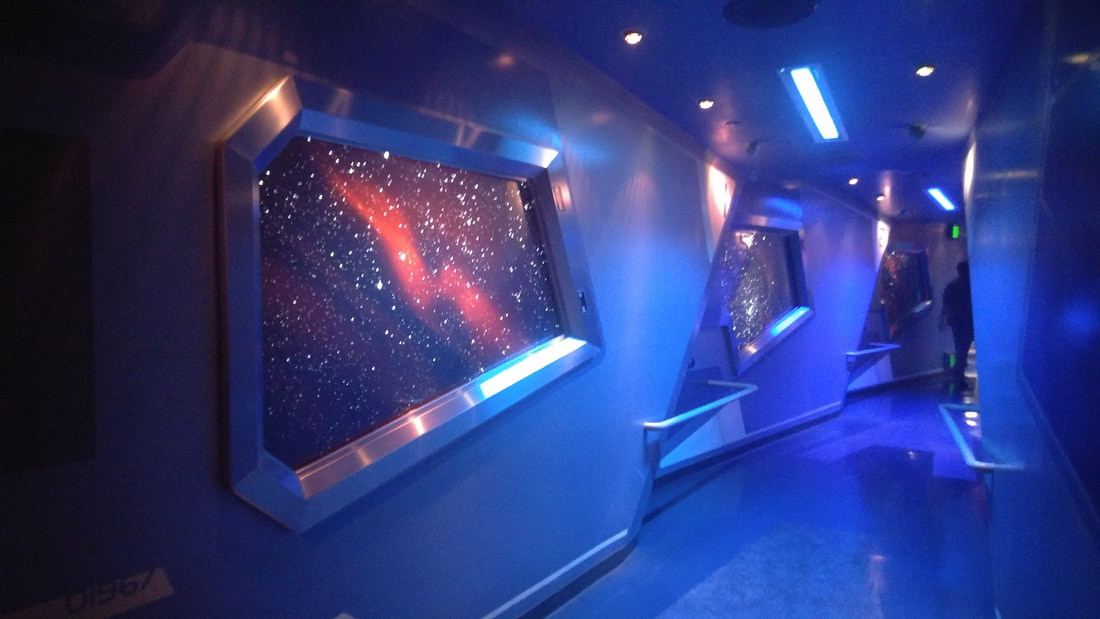
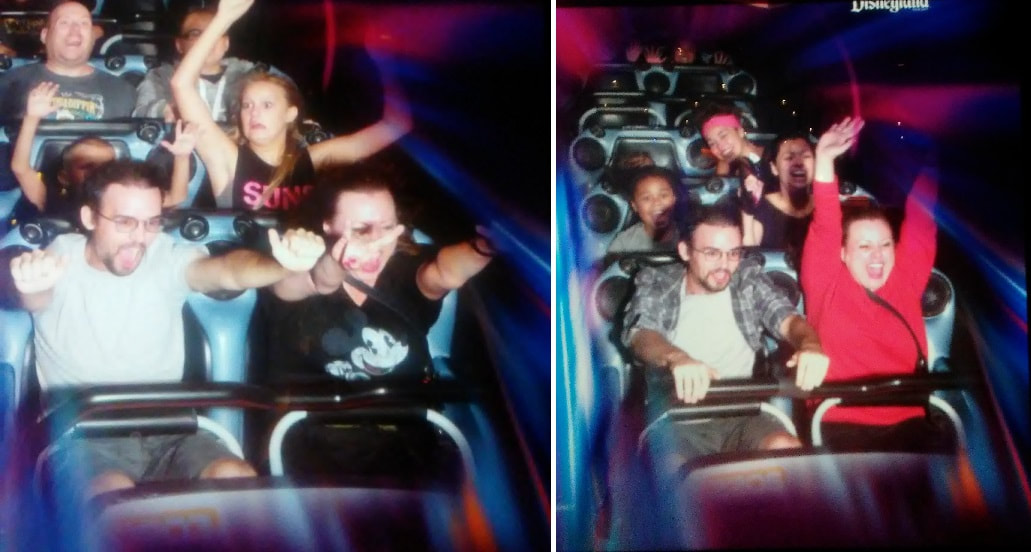
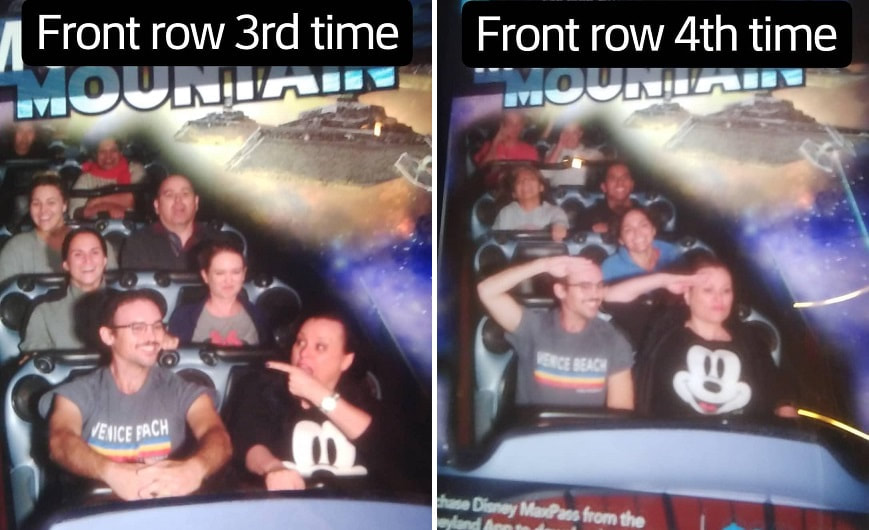
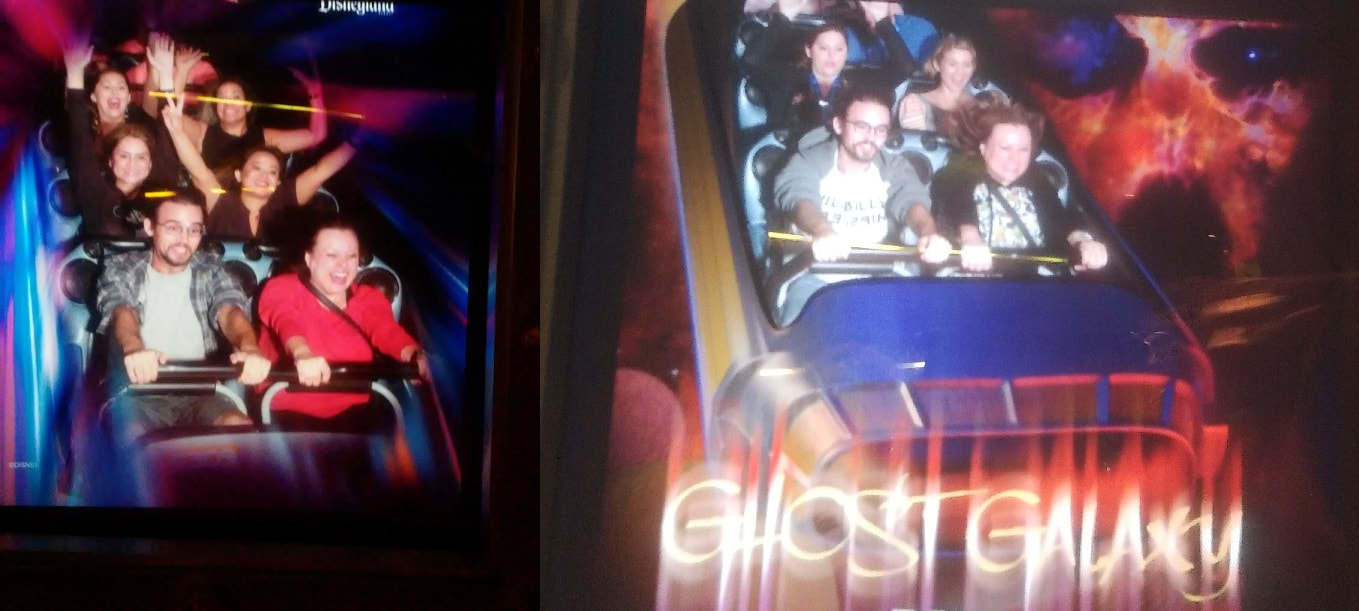
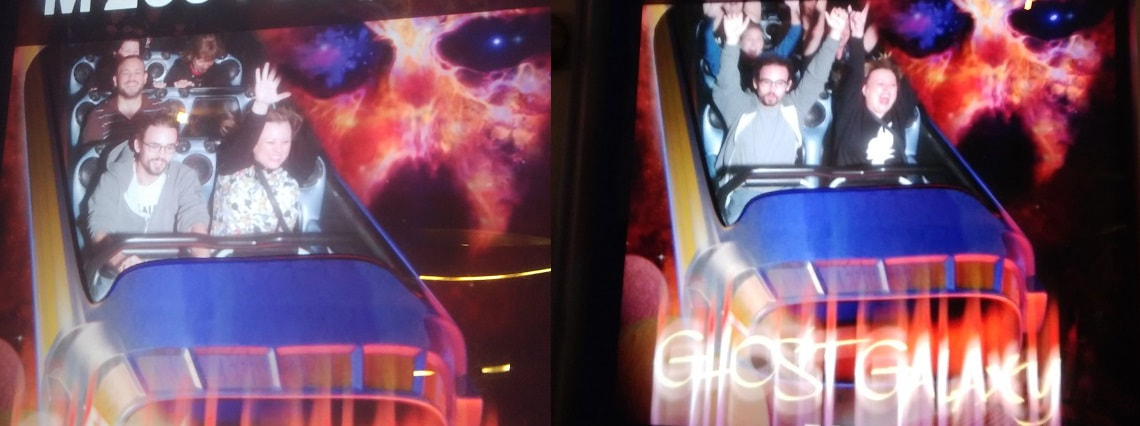
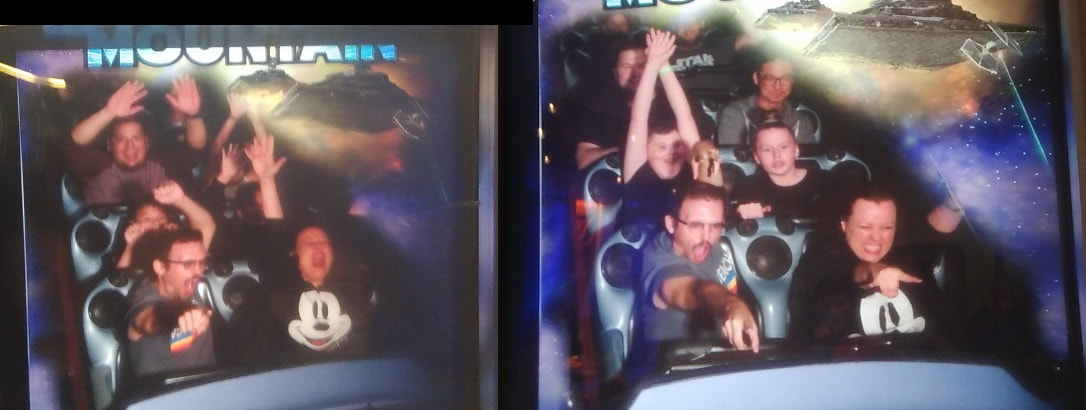
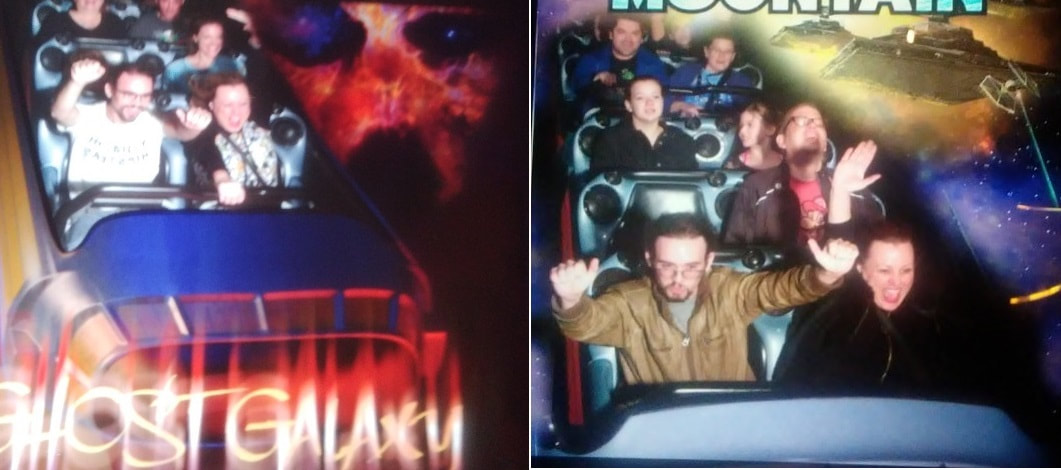
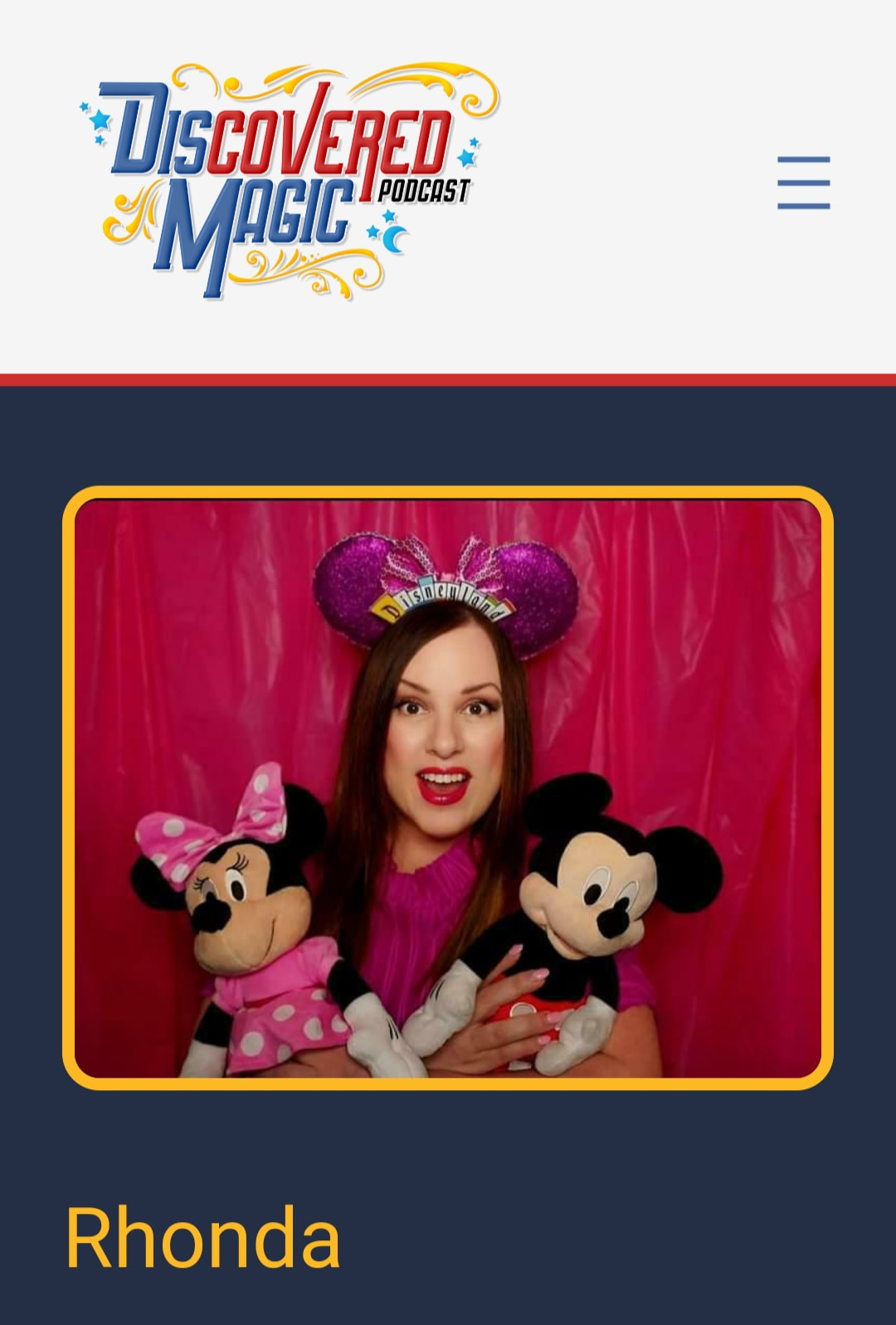
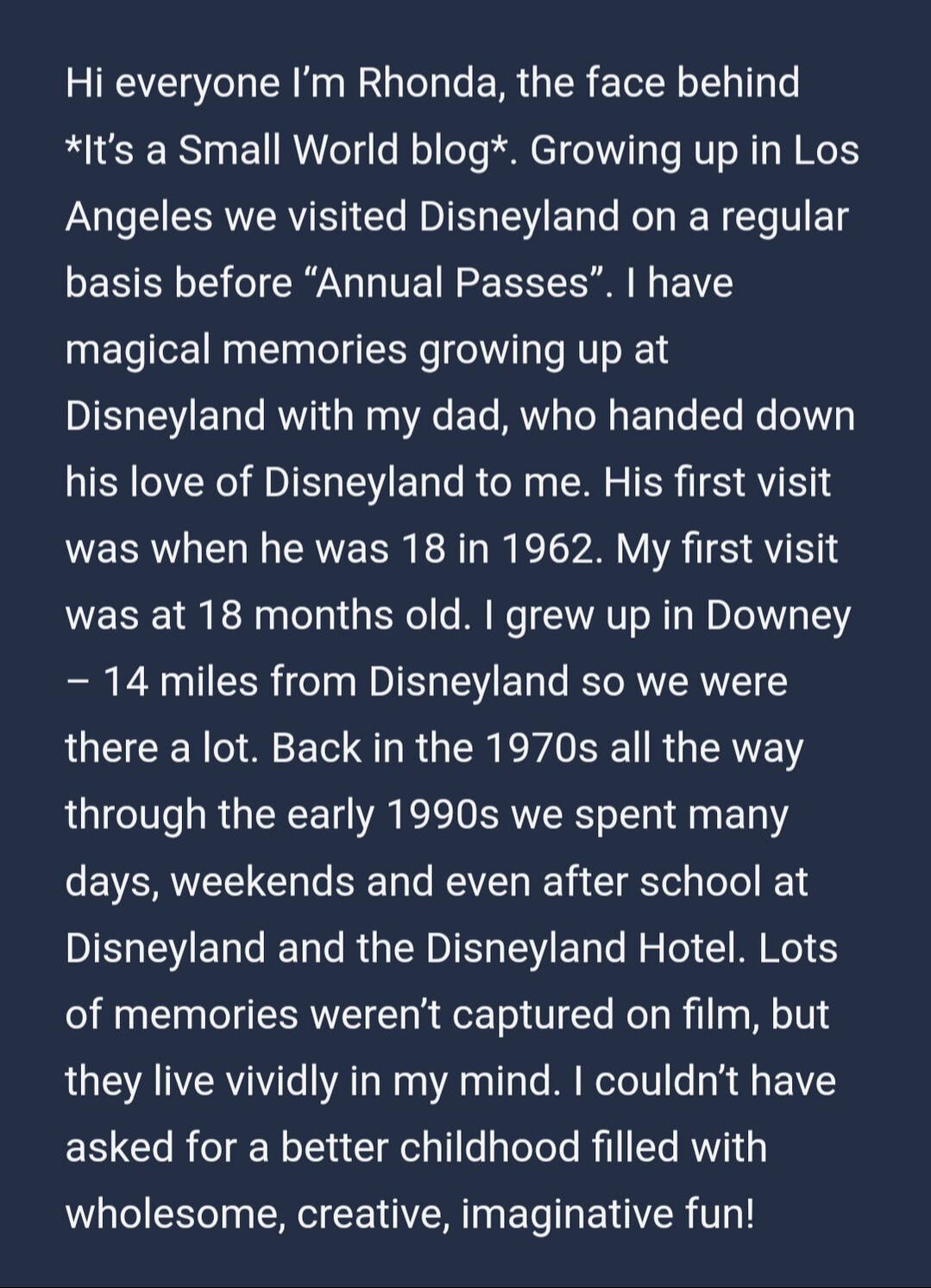
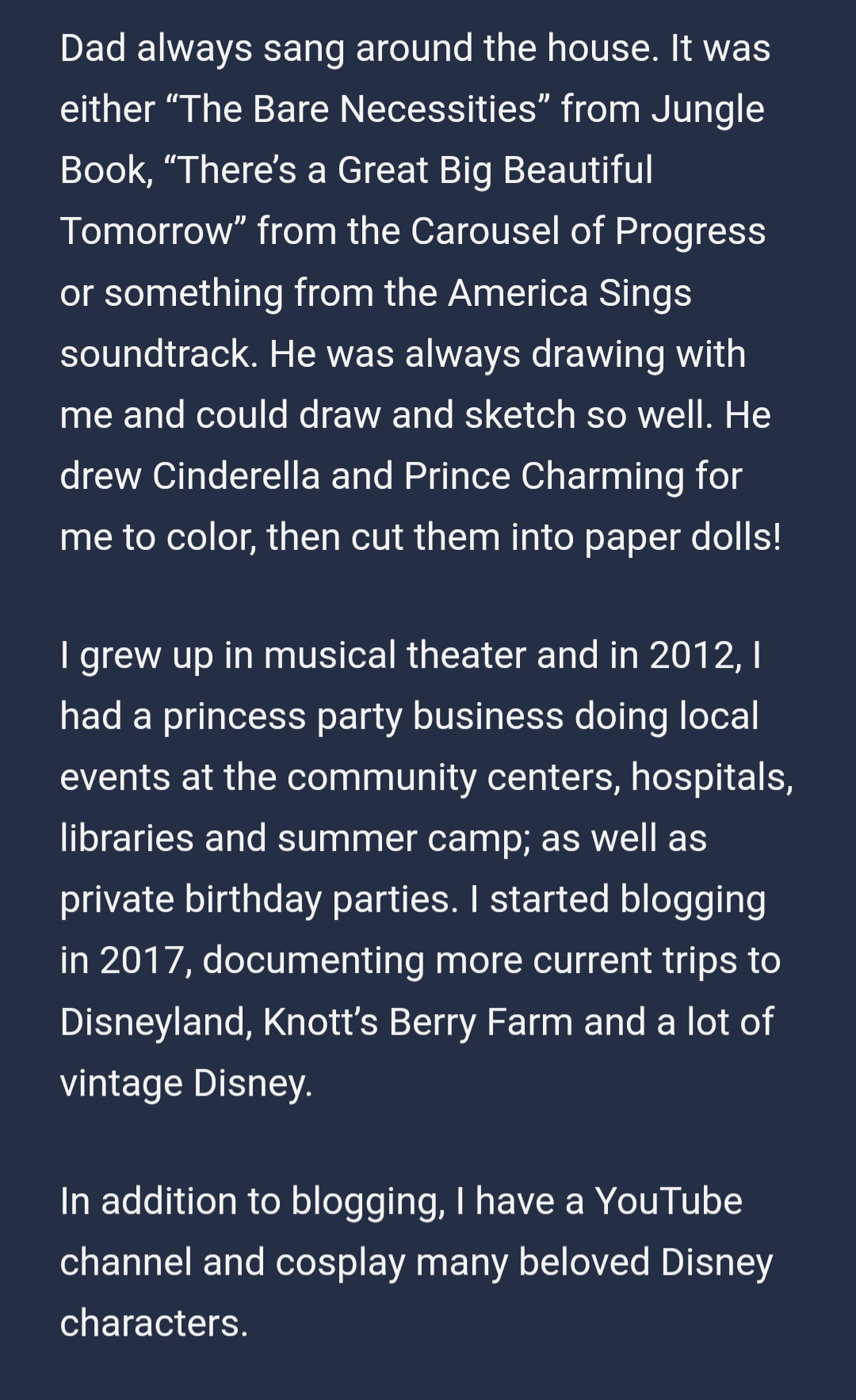
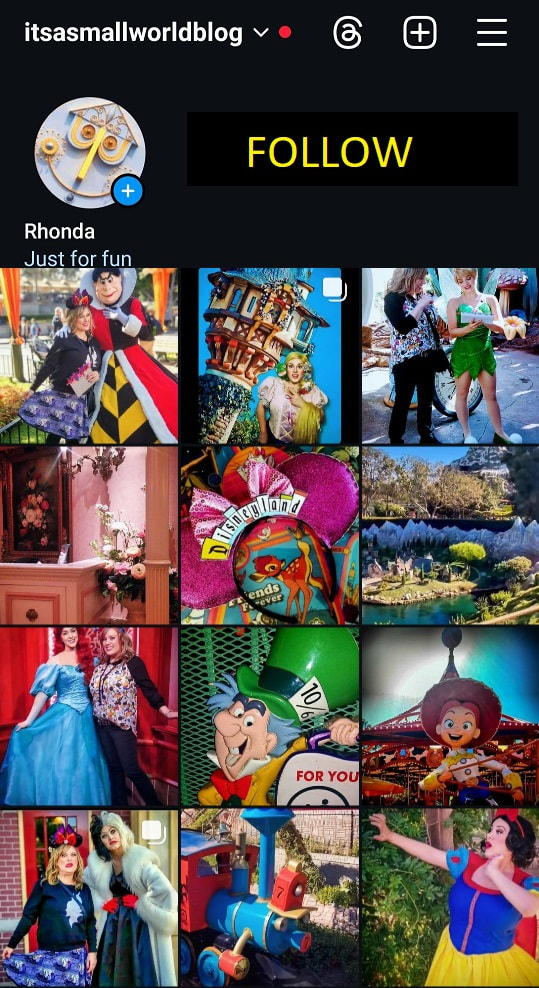
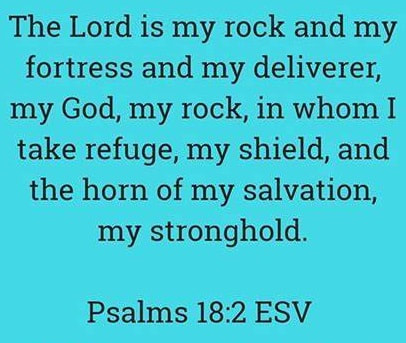
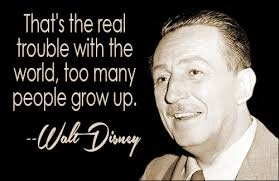
 RSS Feed
RSS Feed
